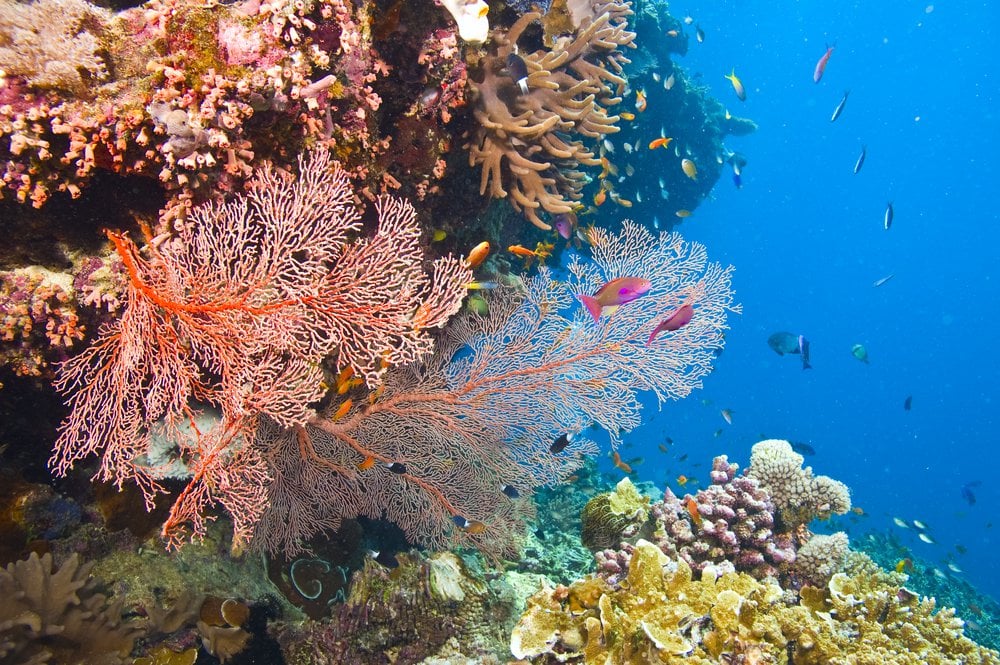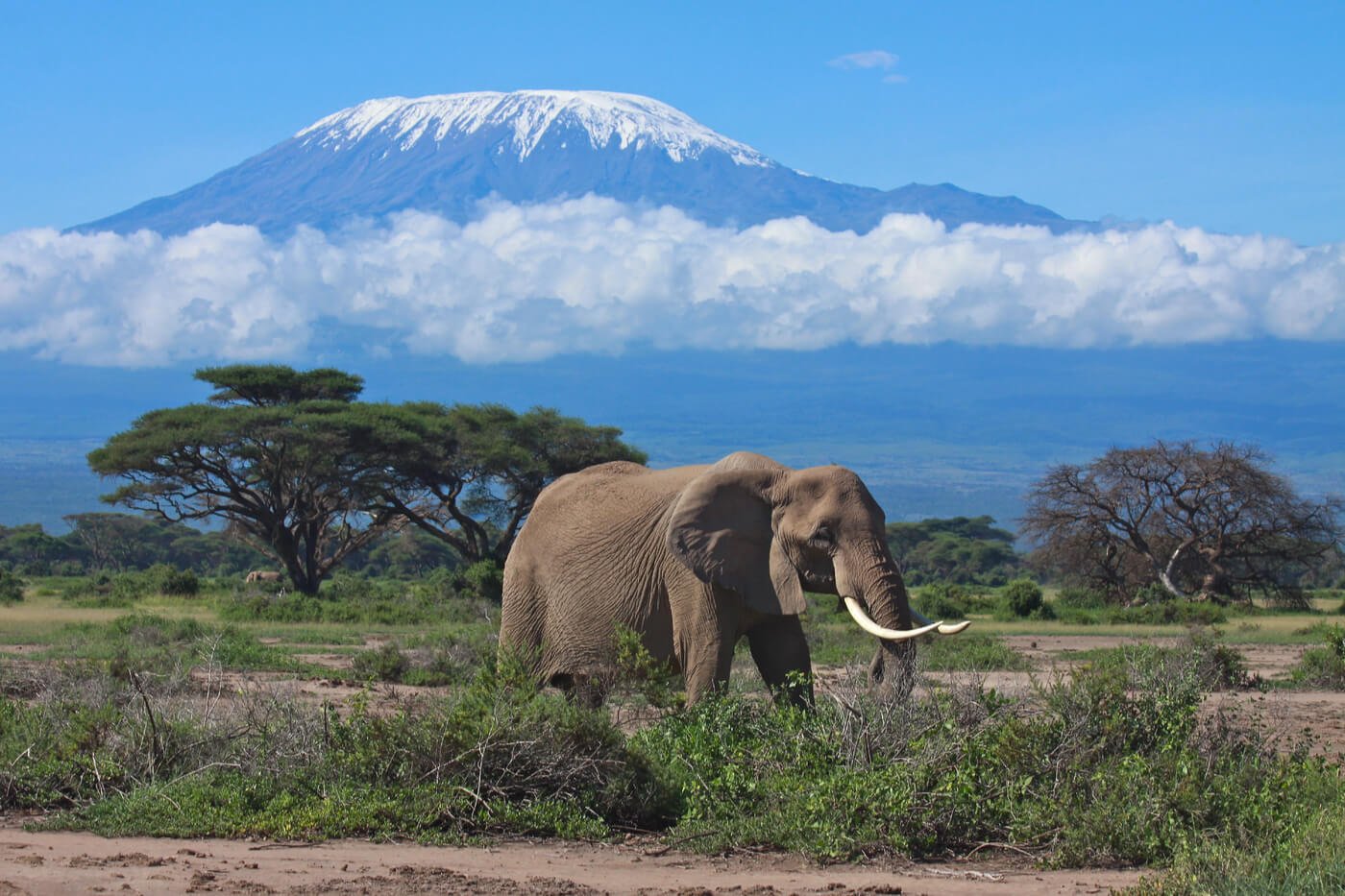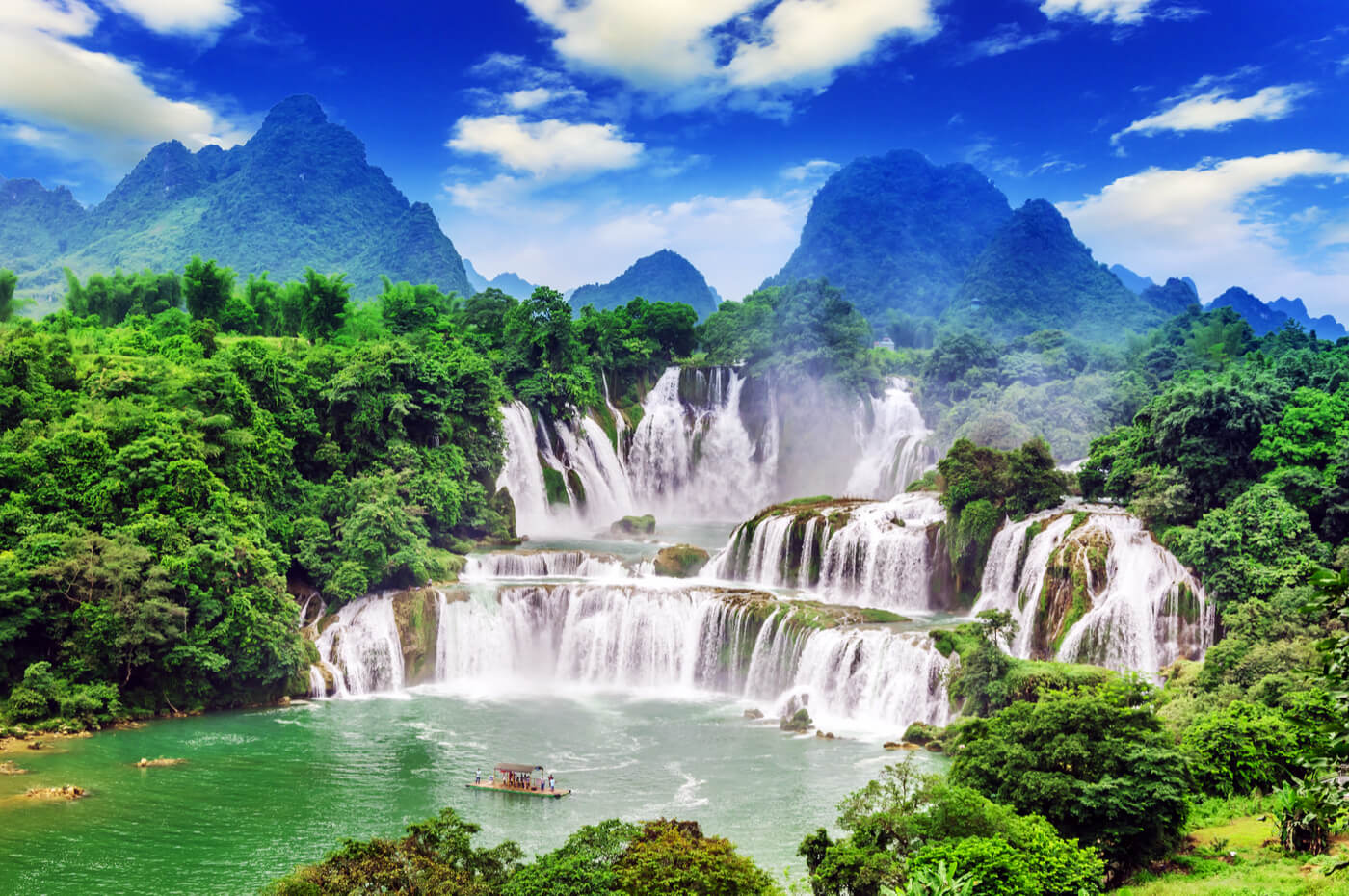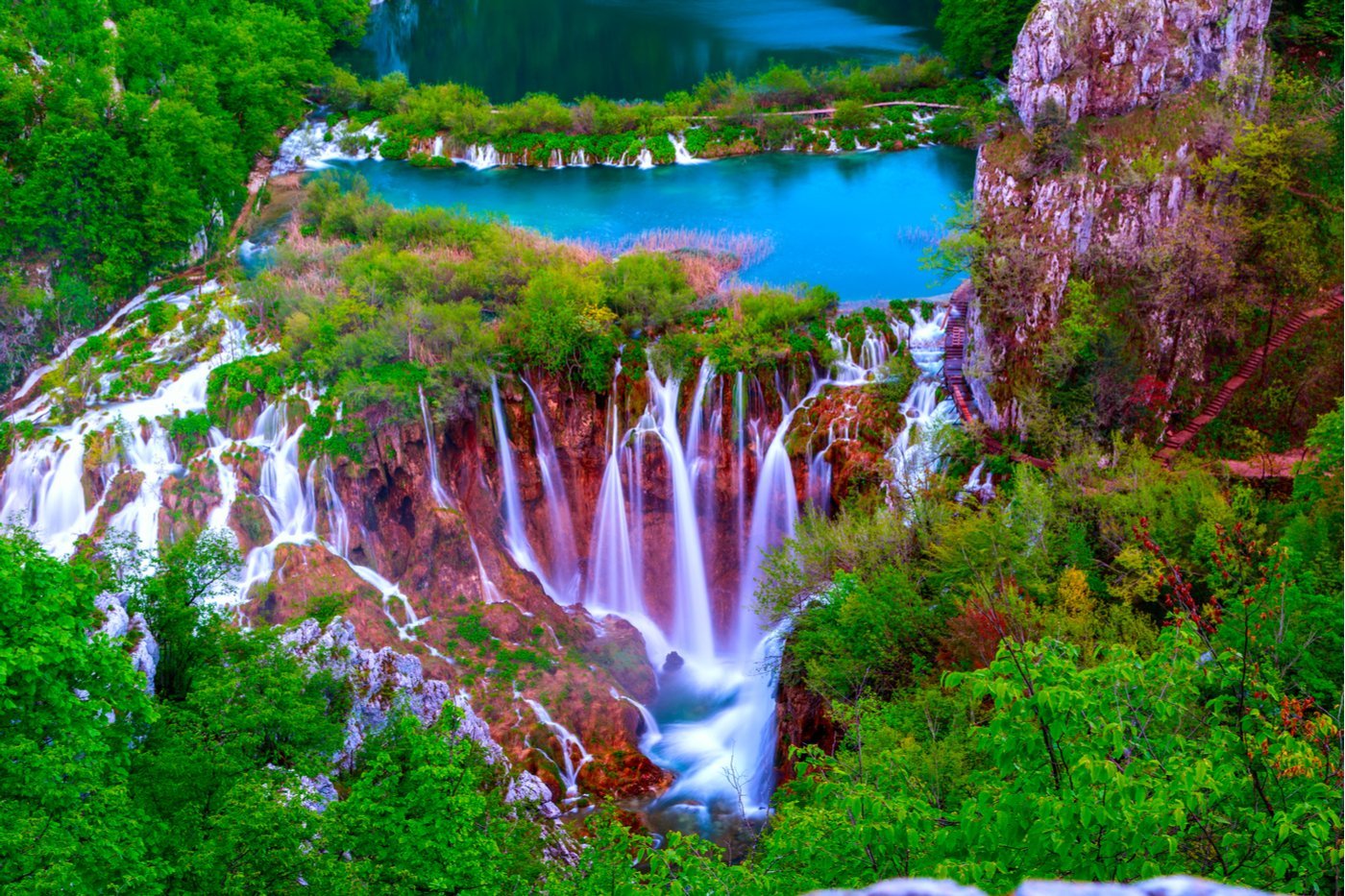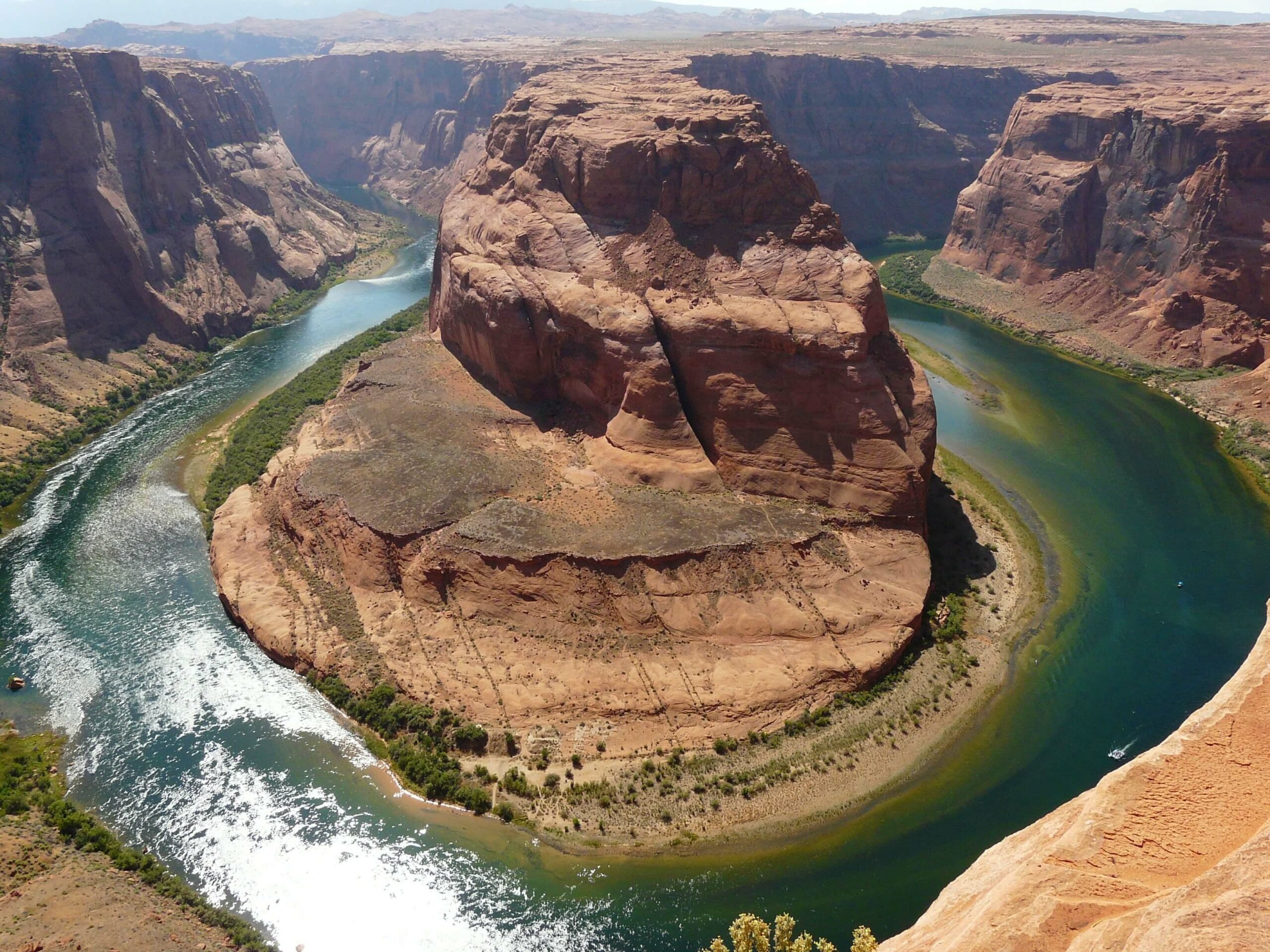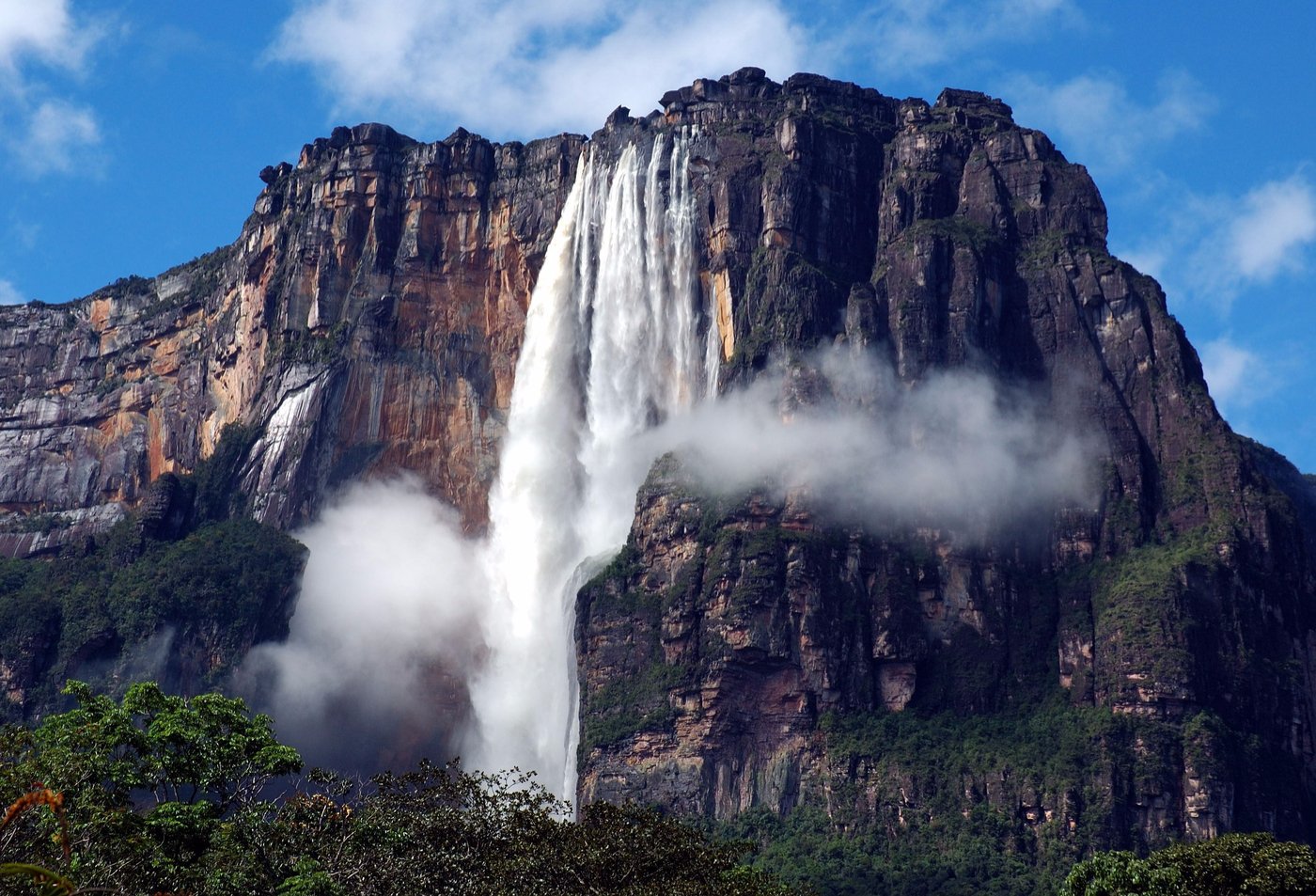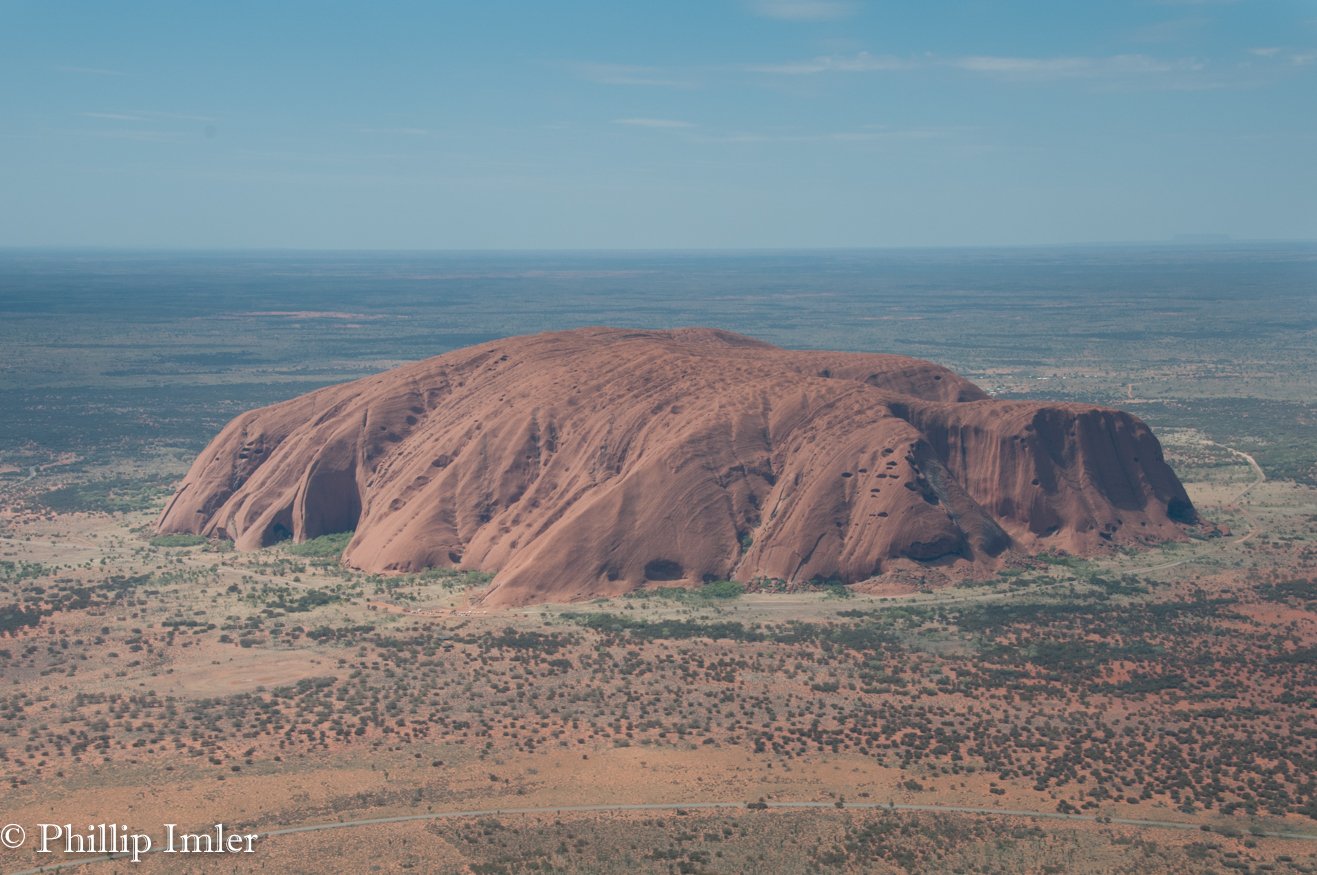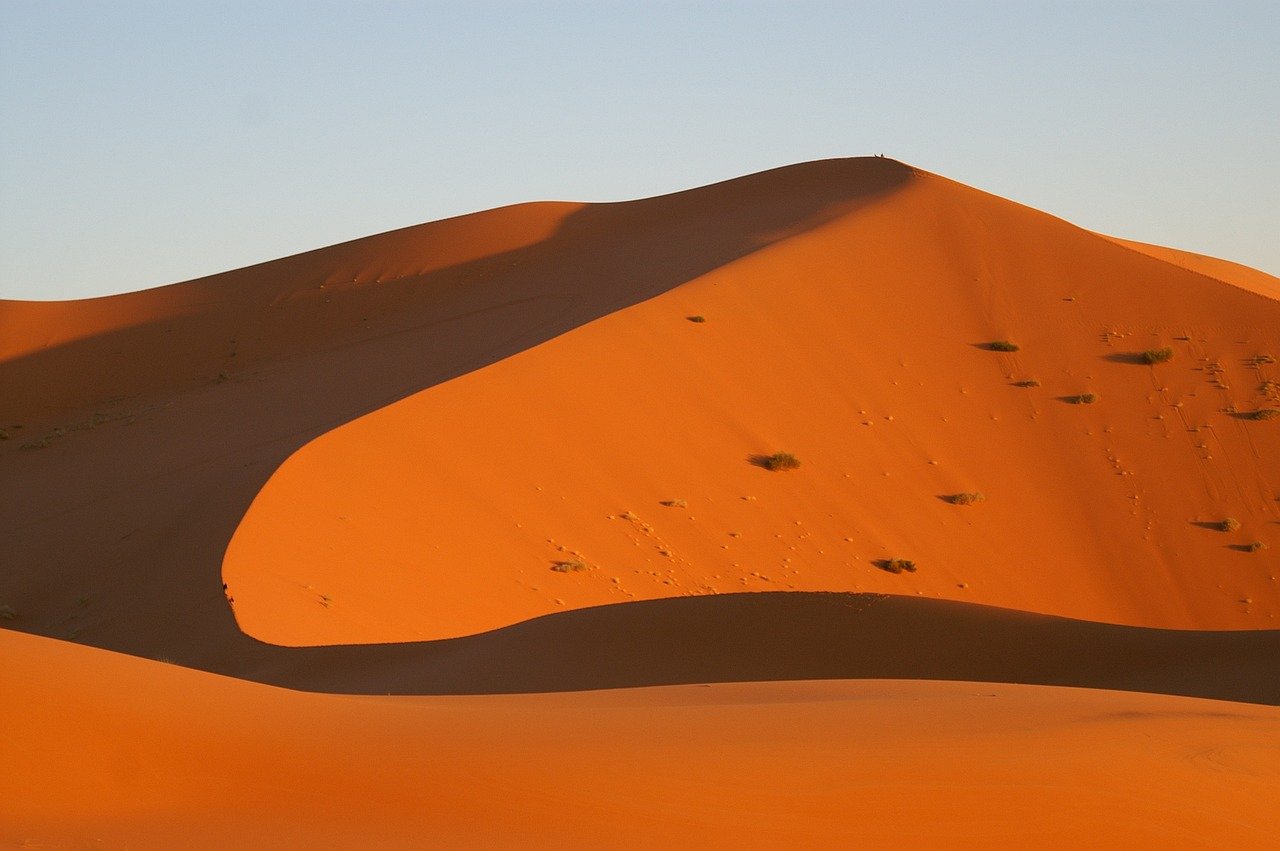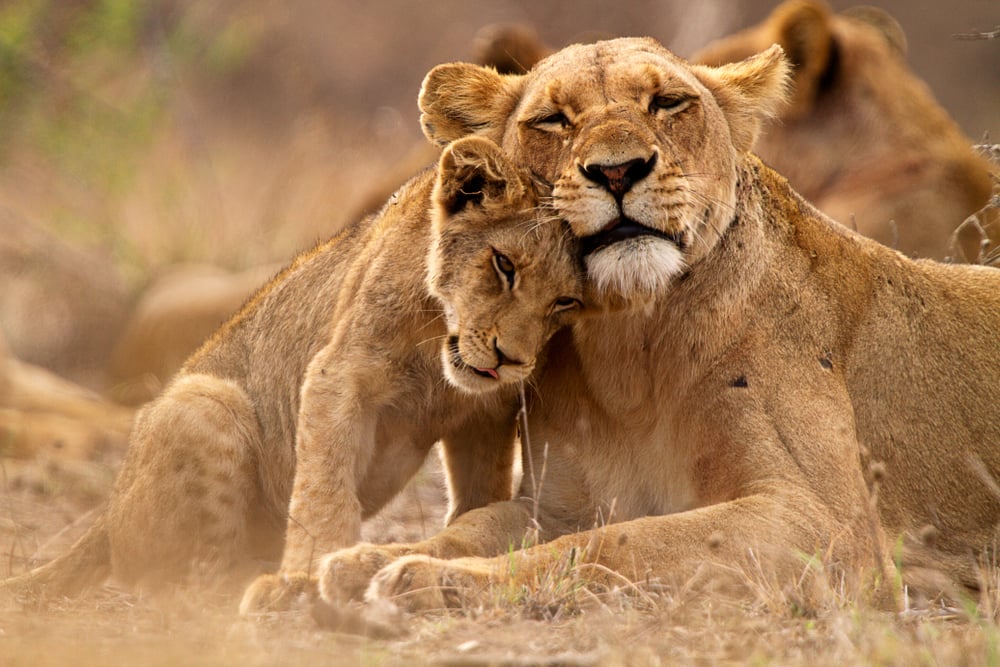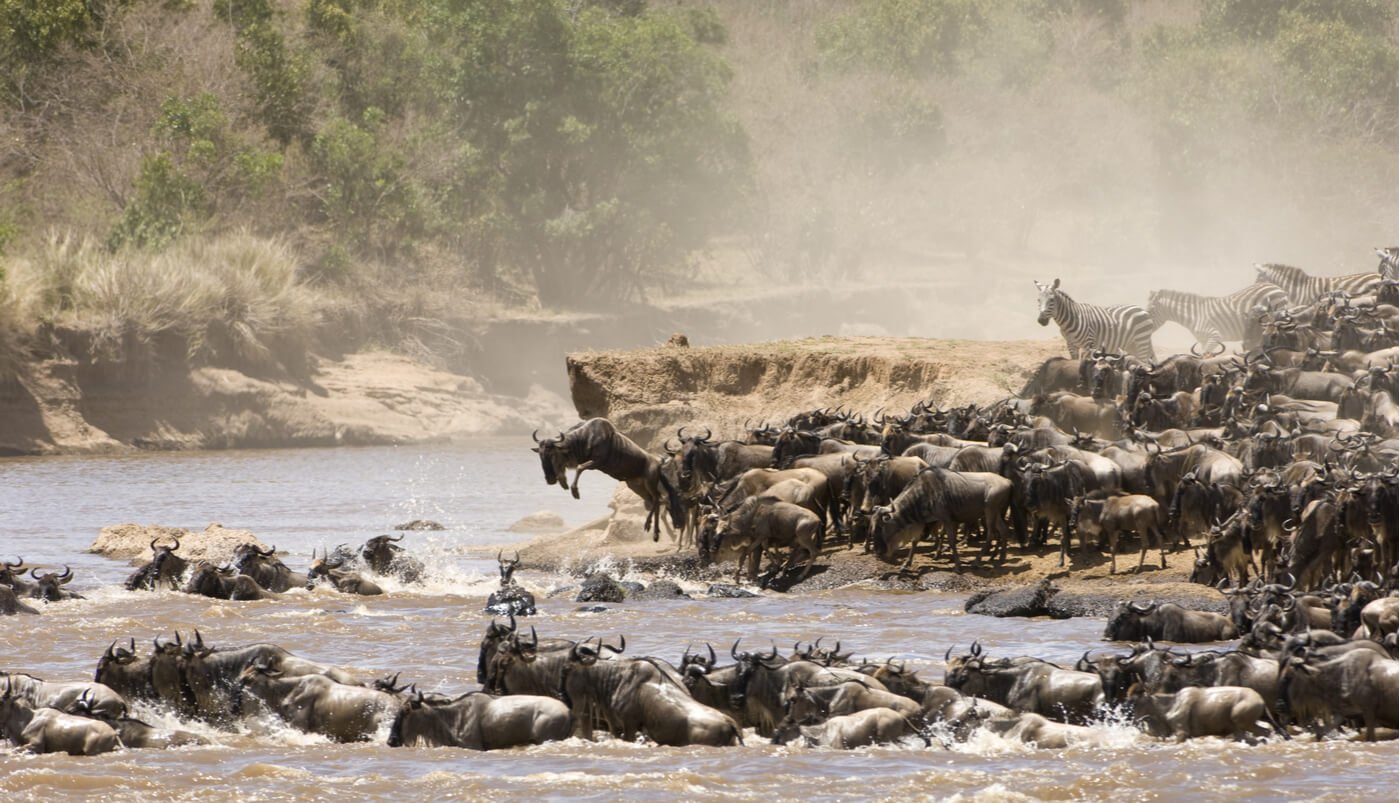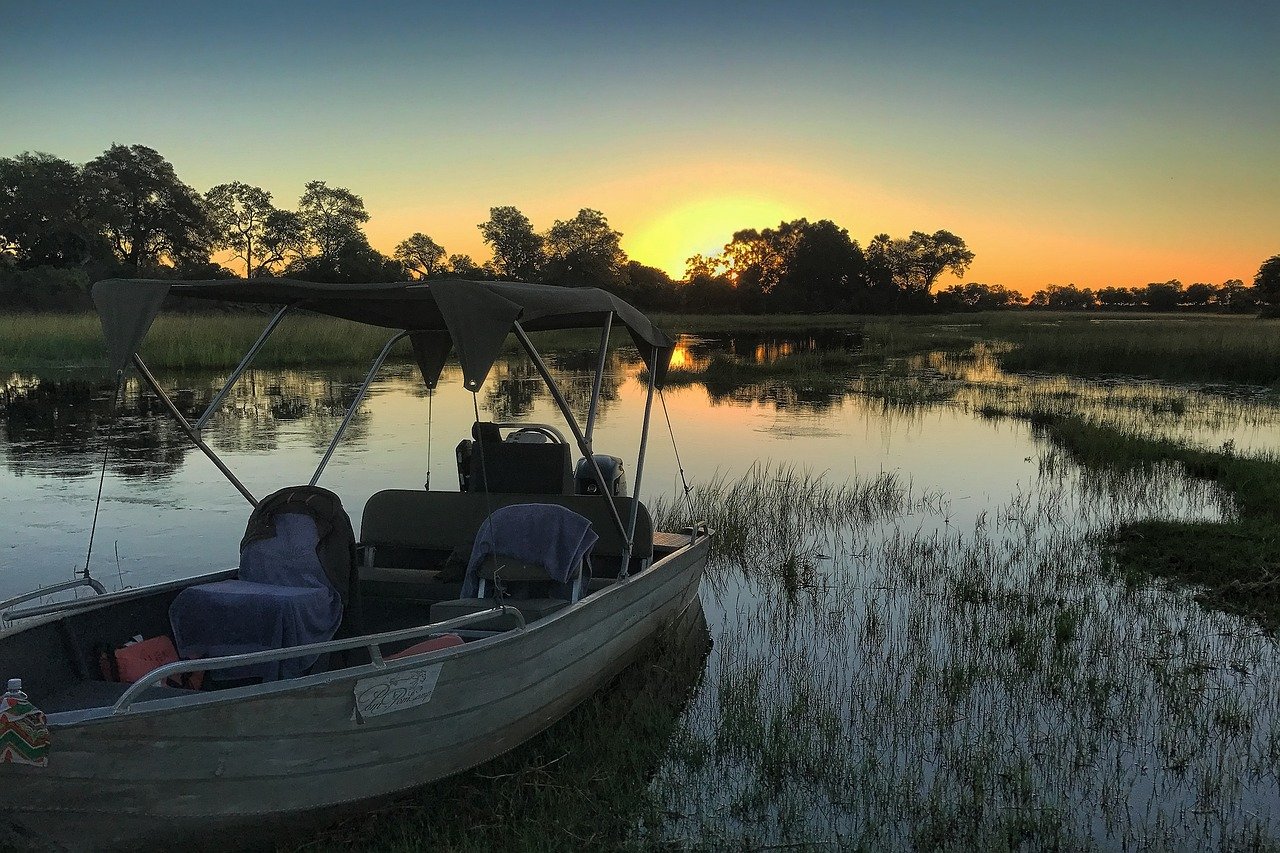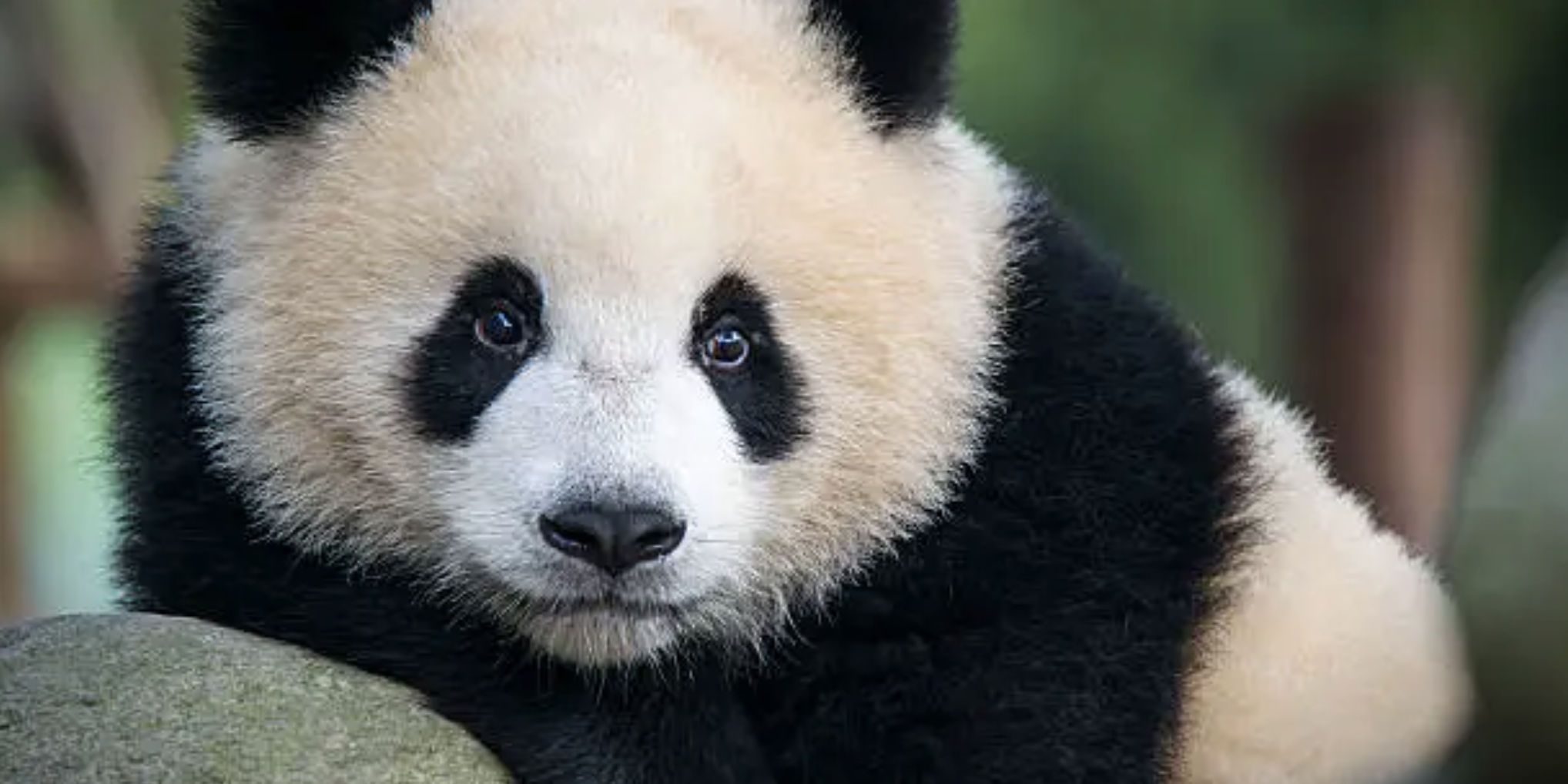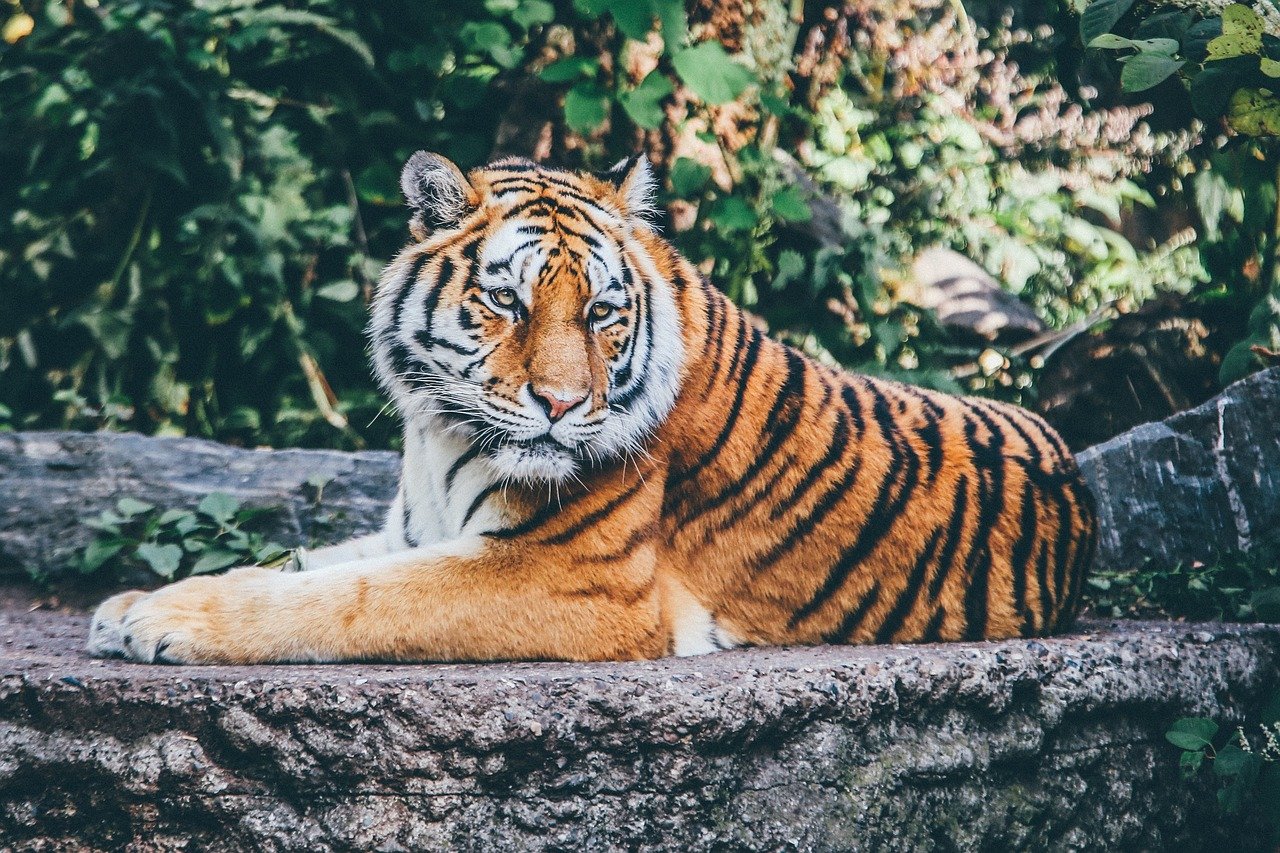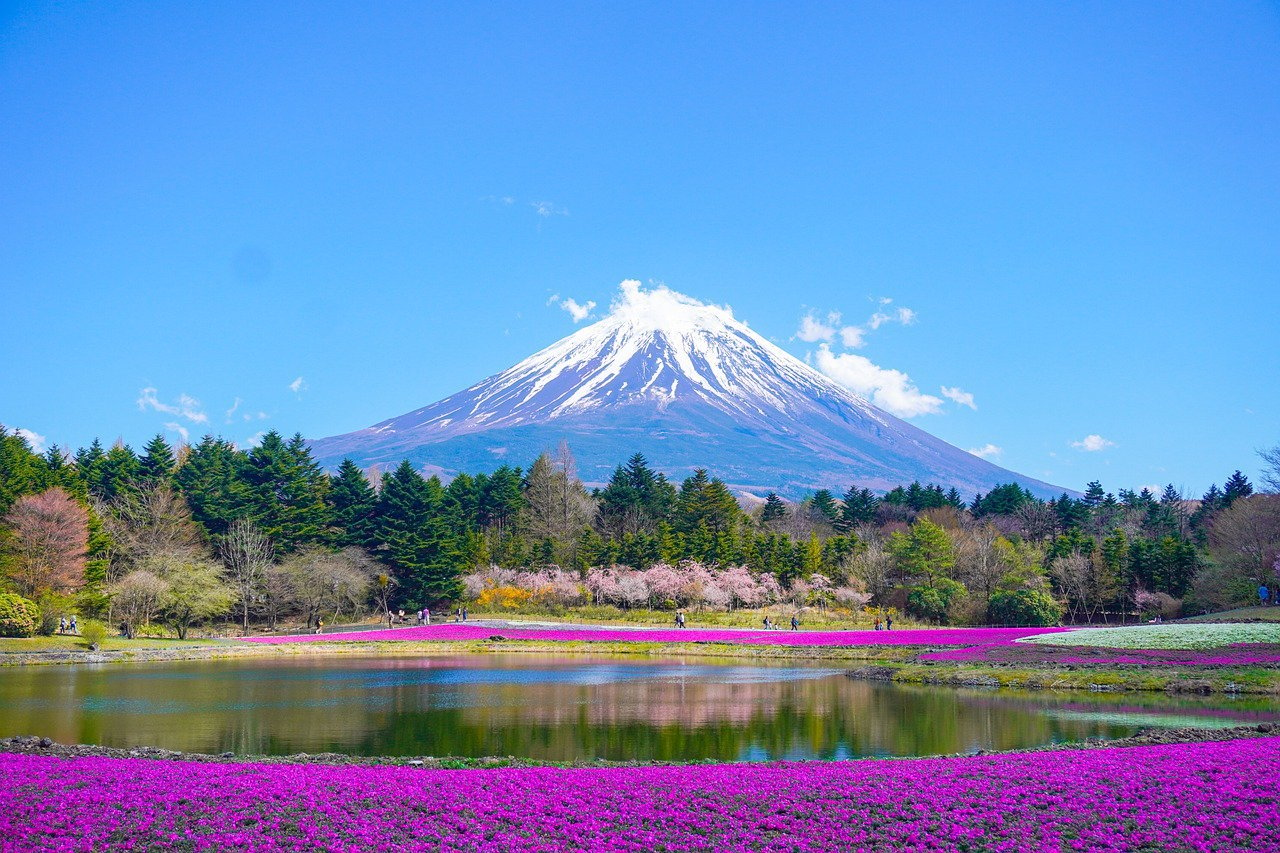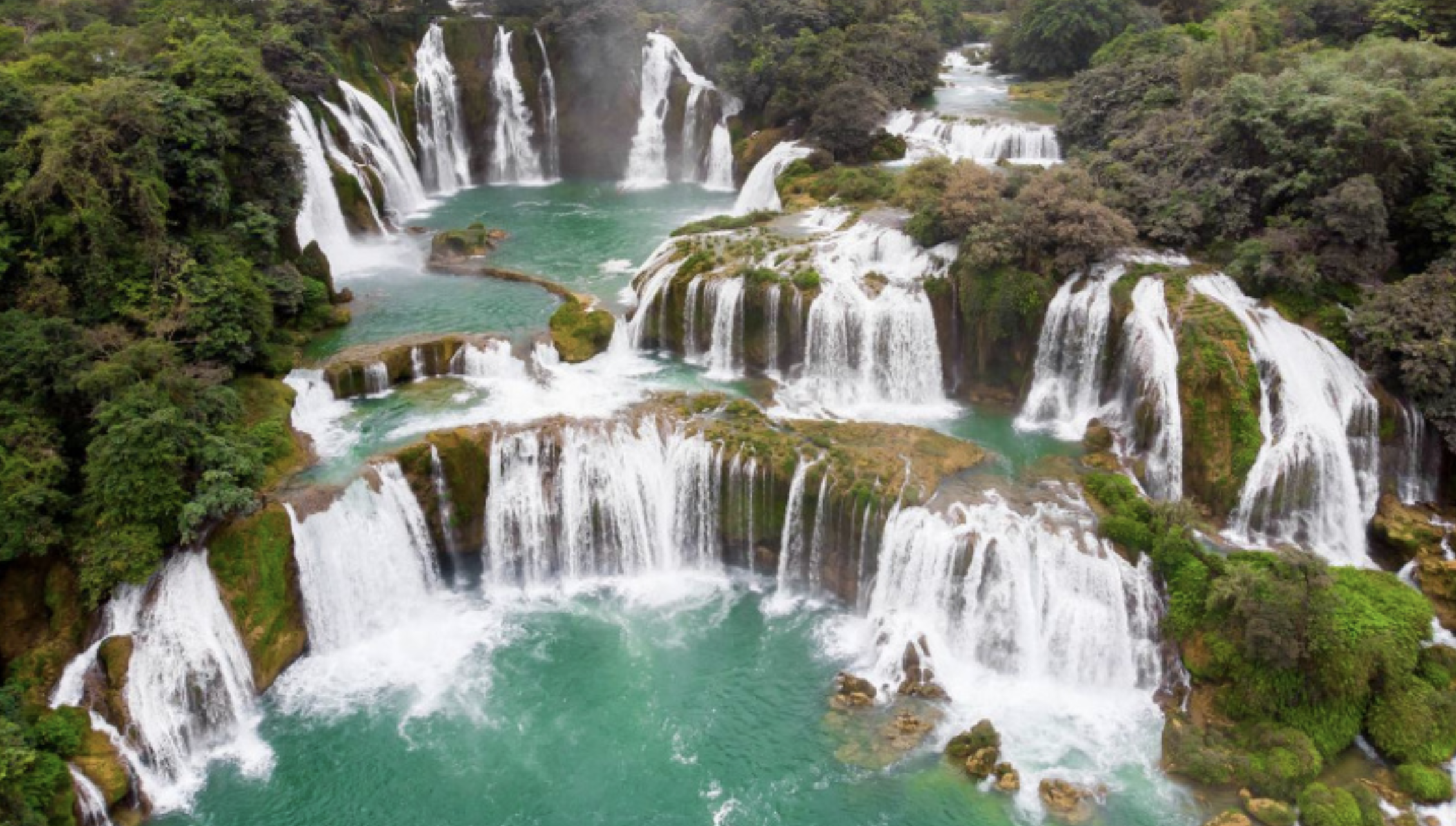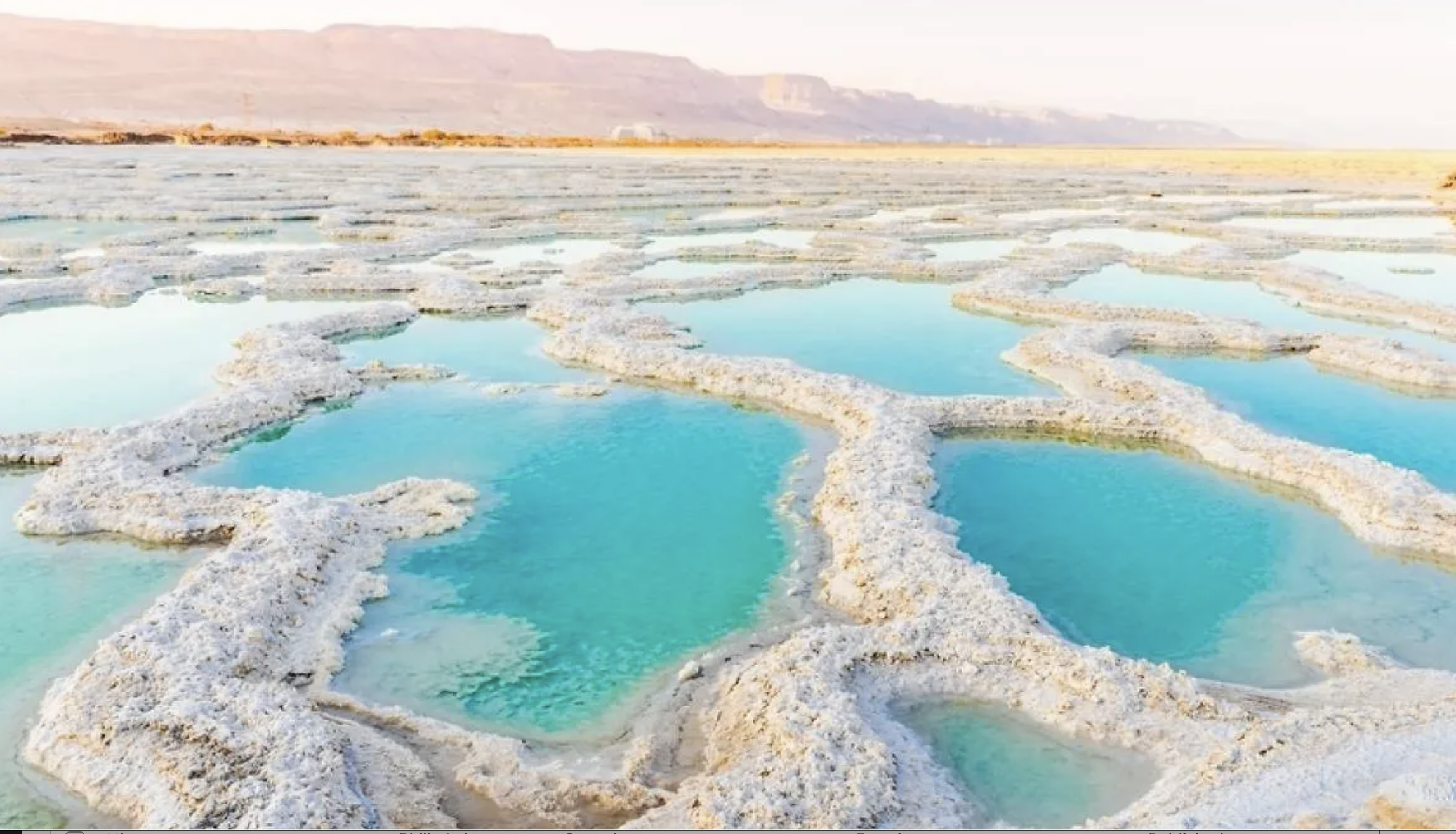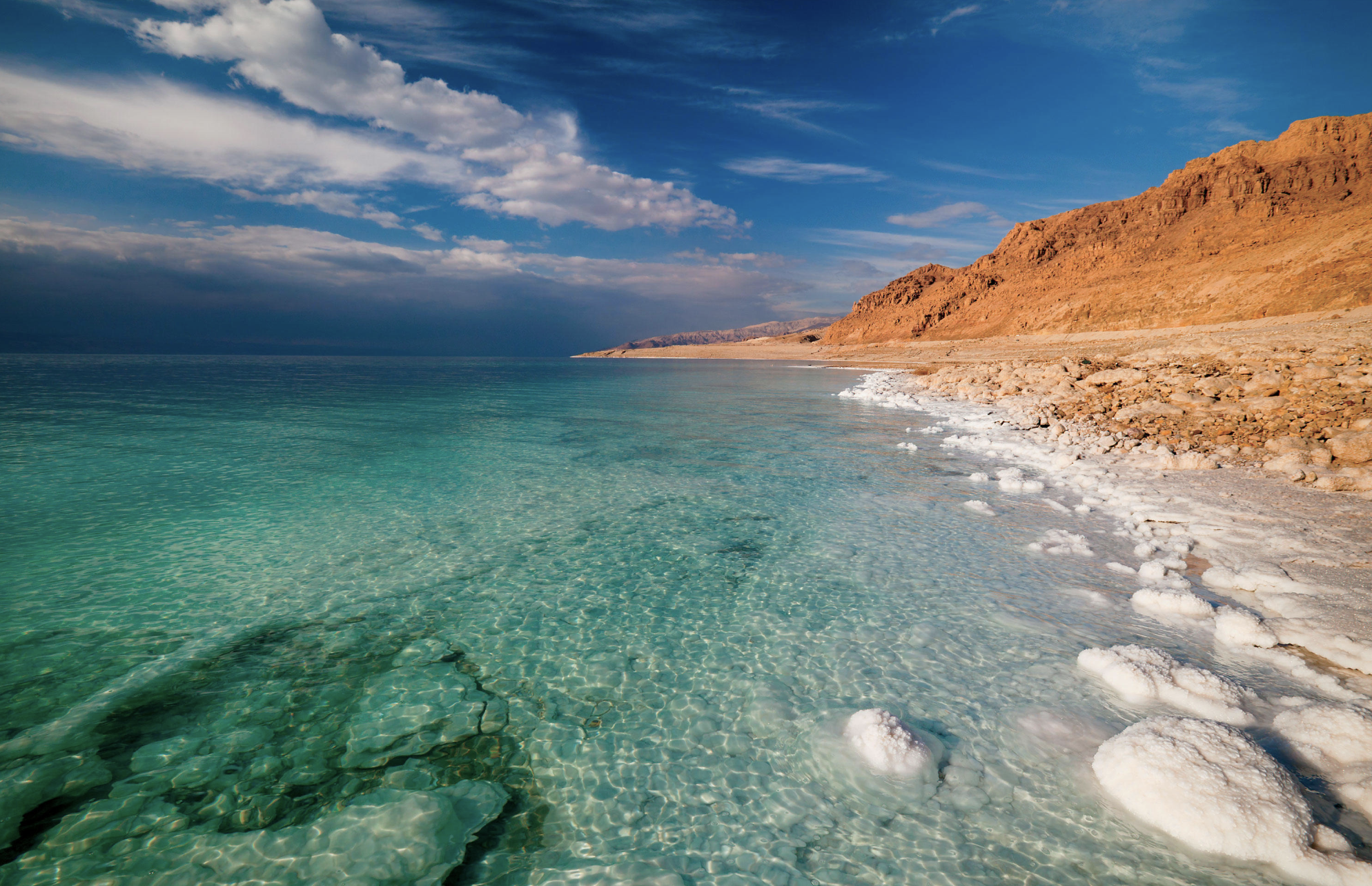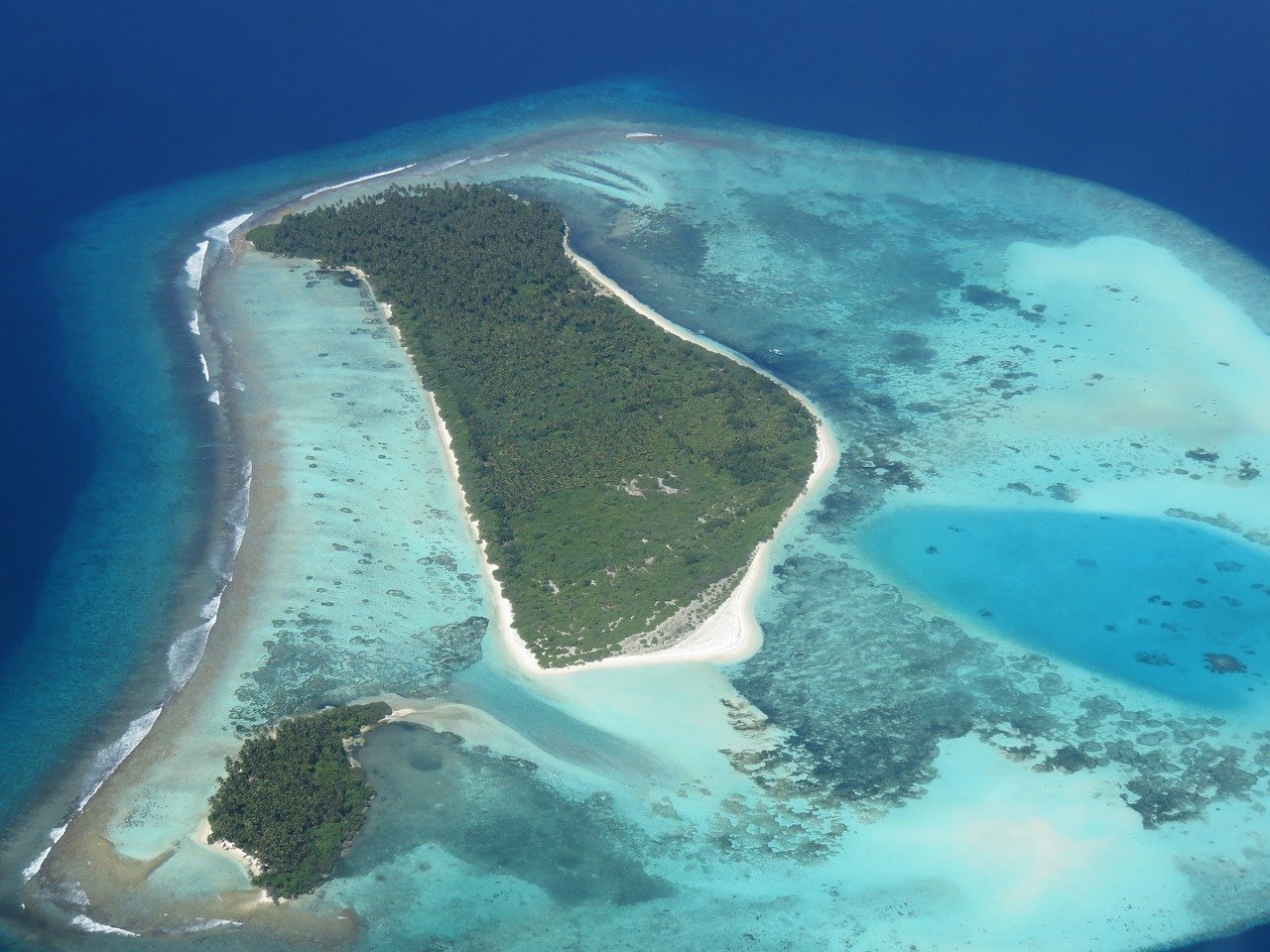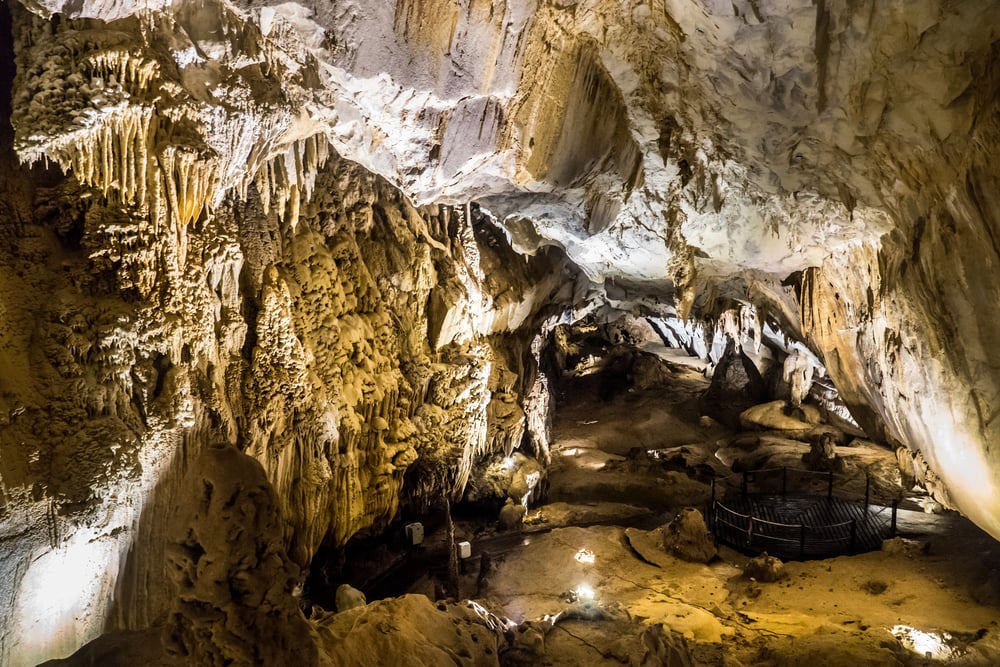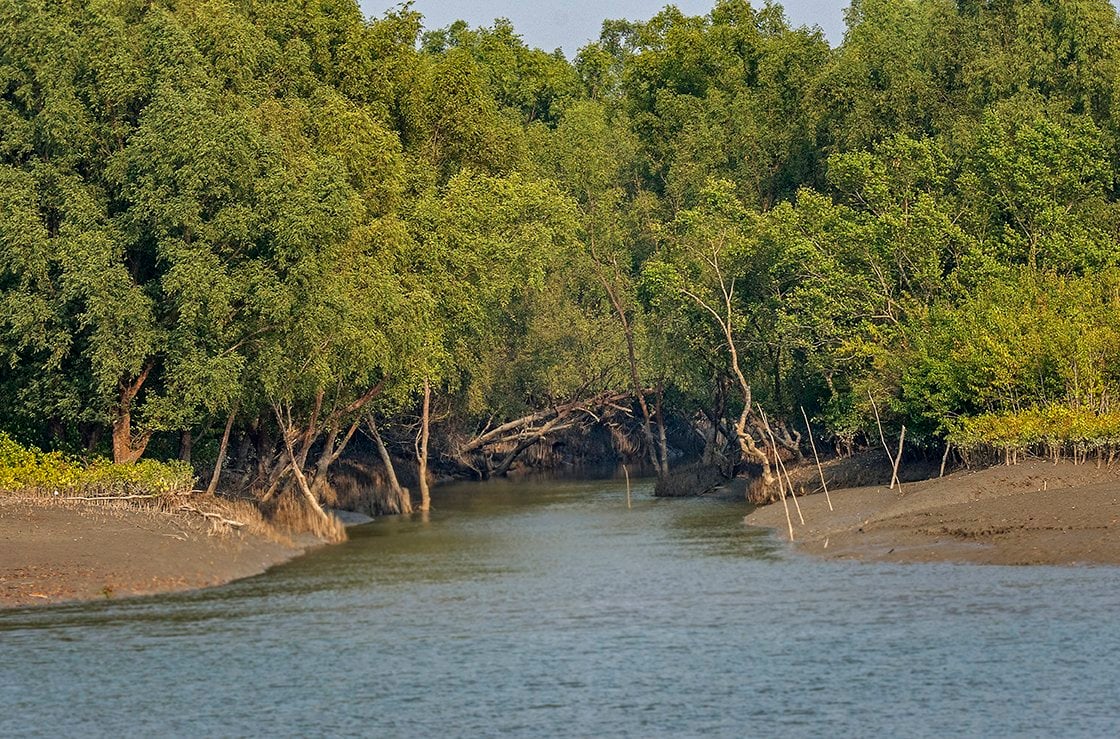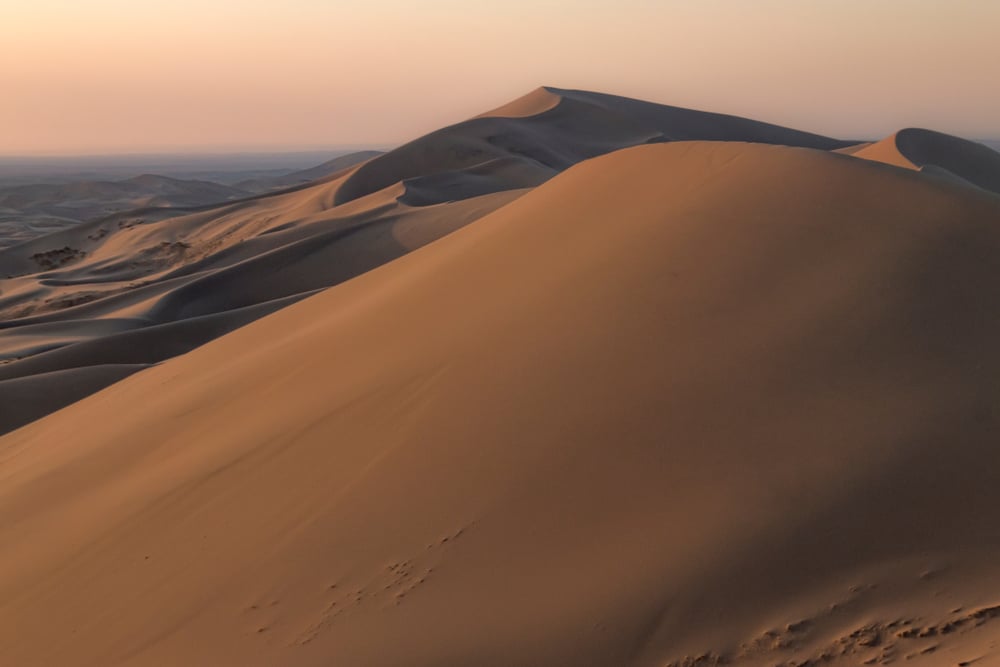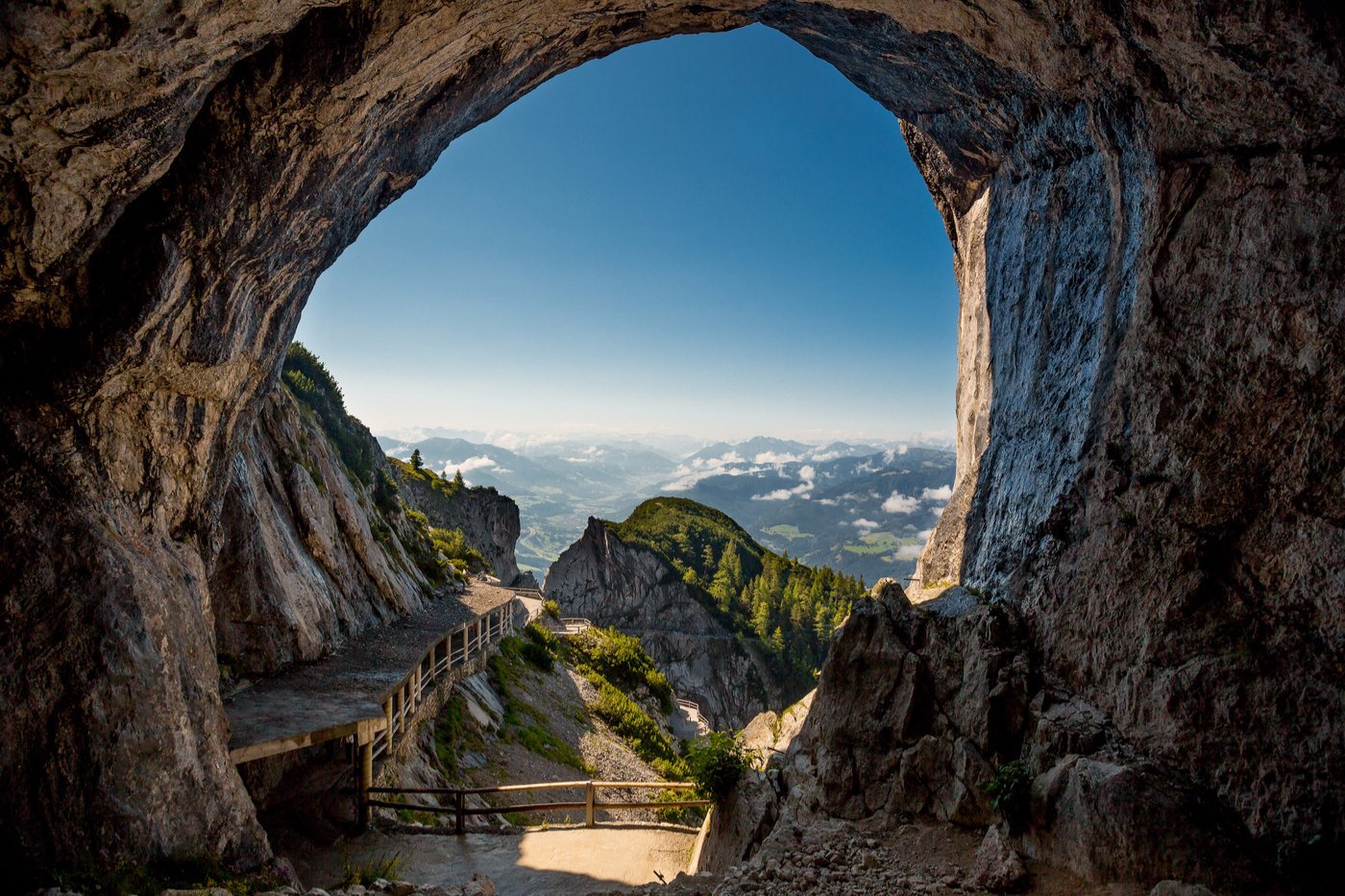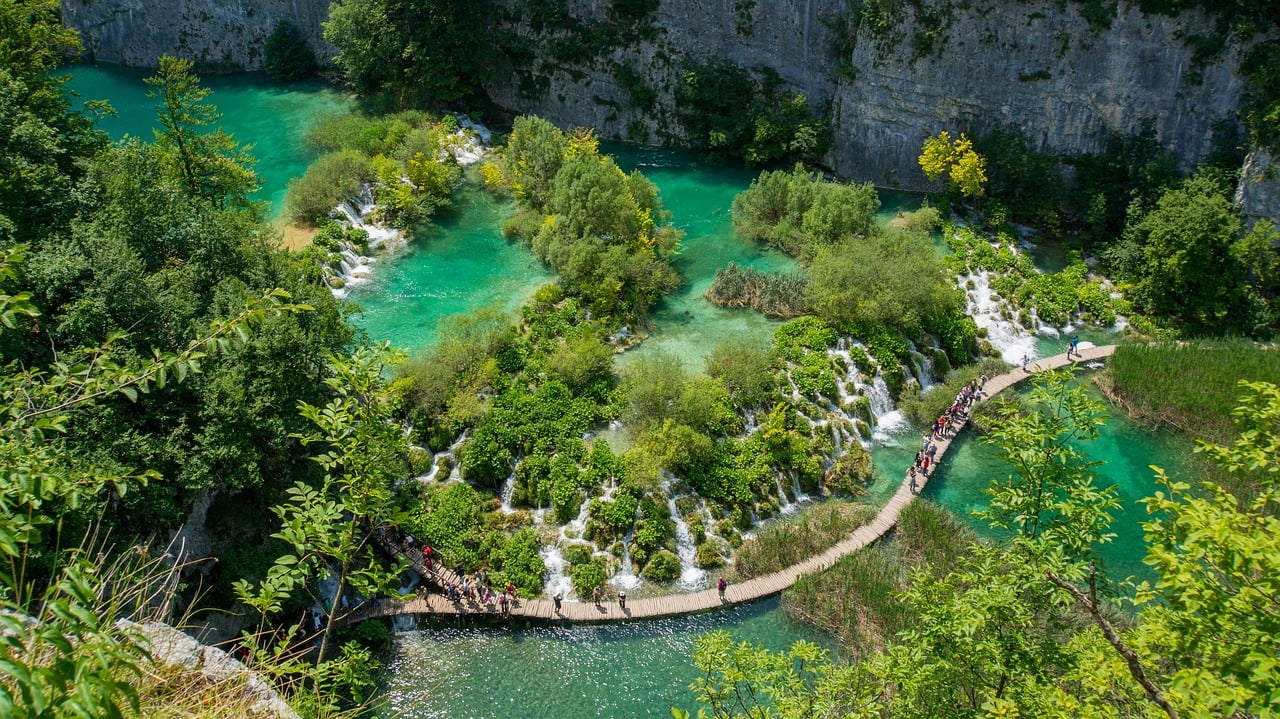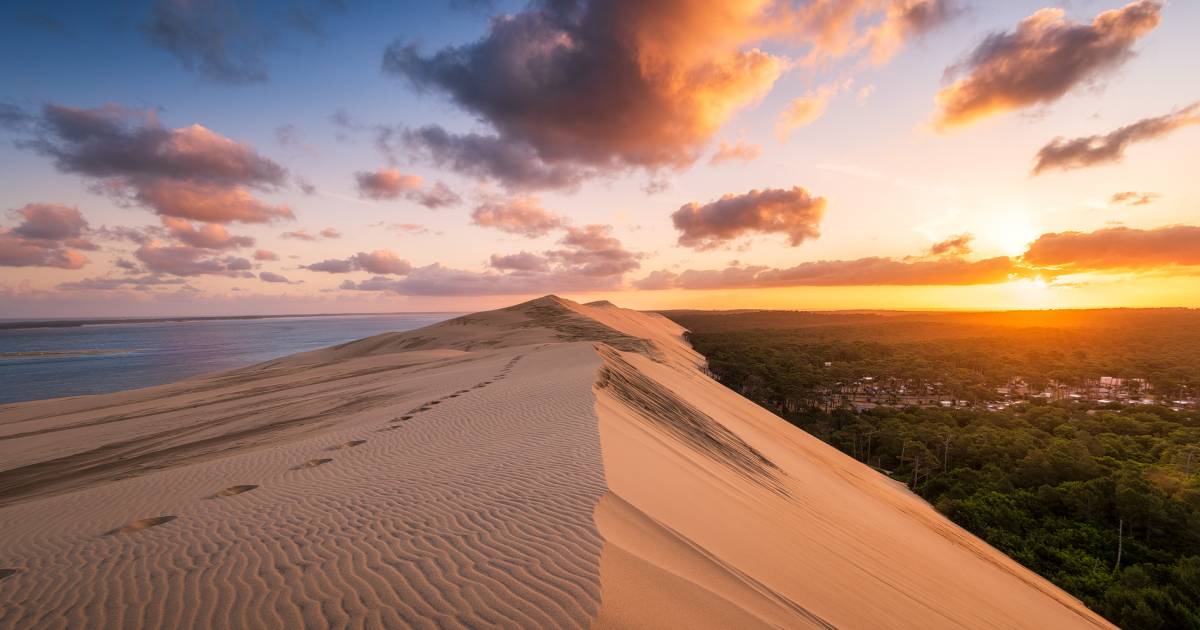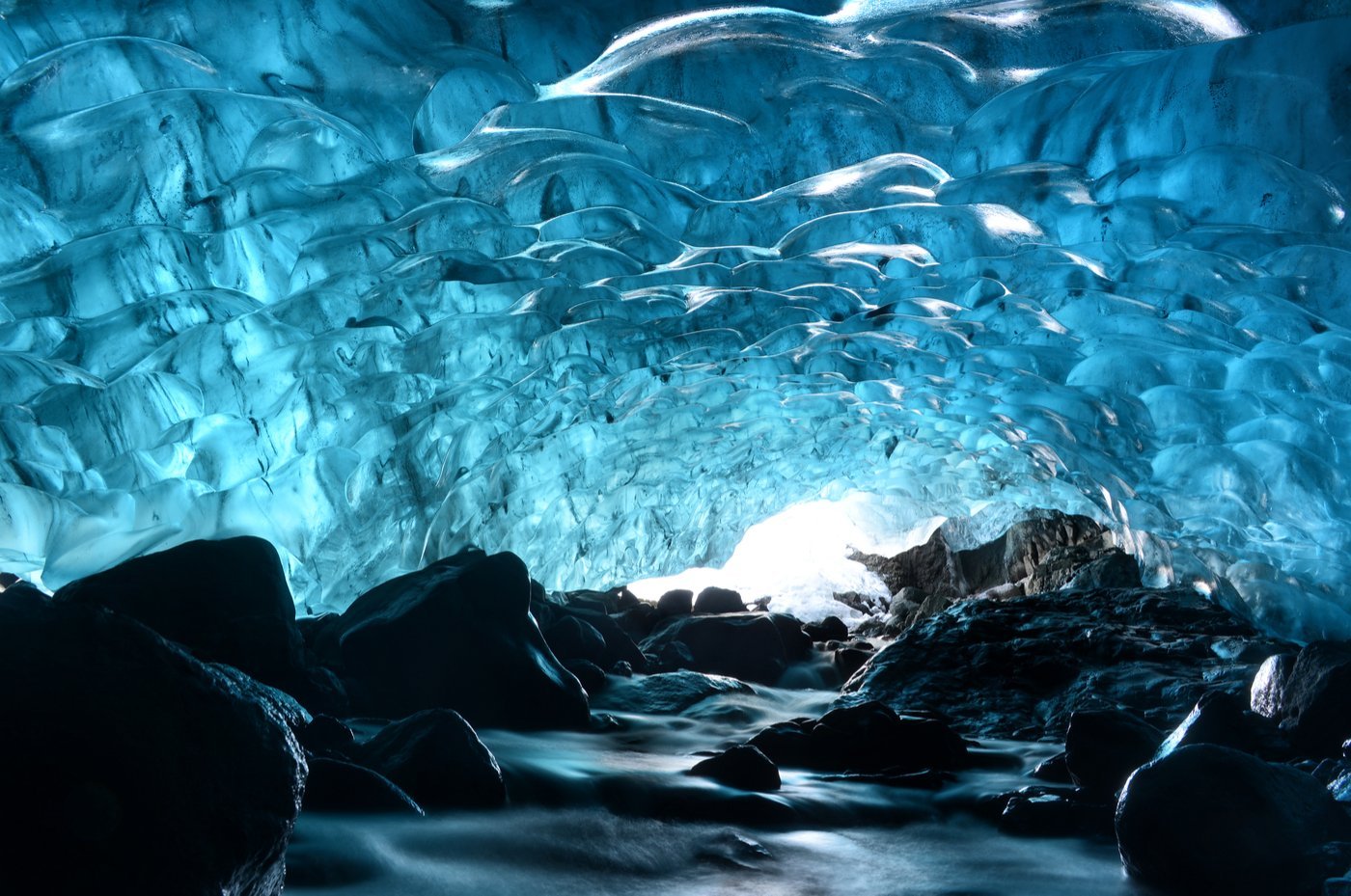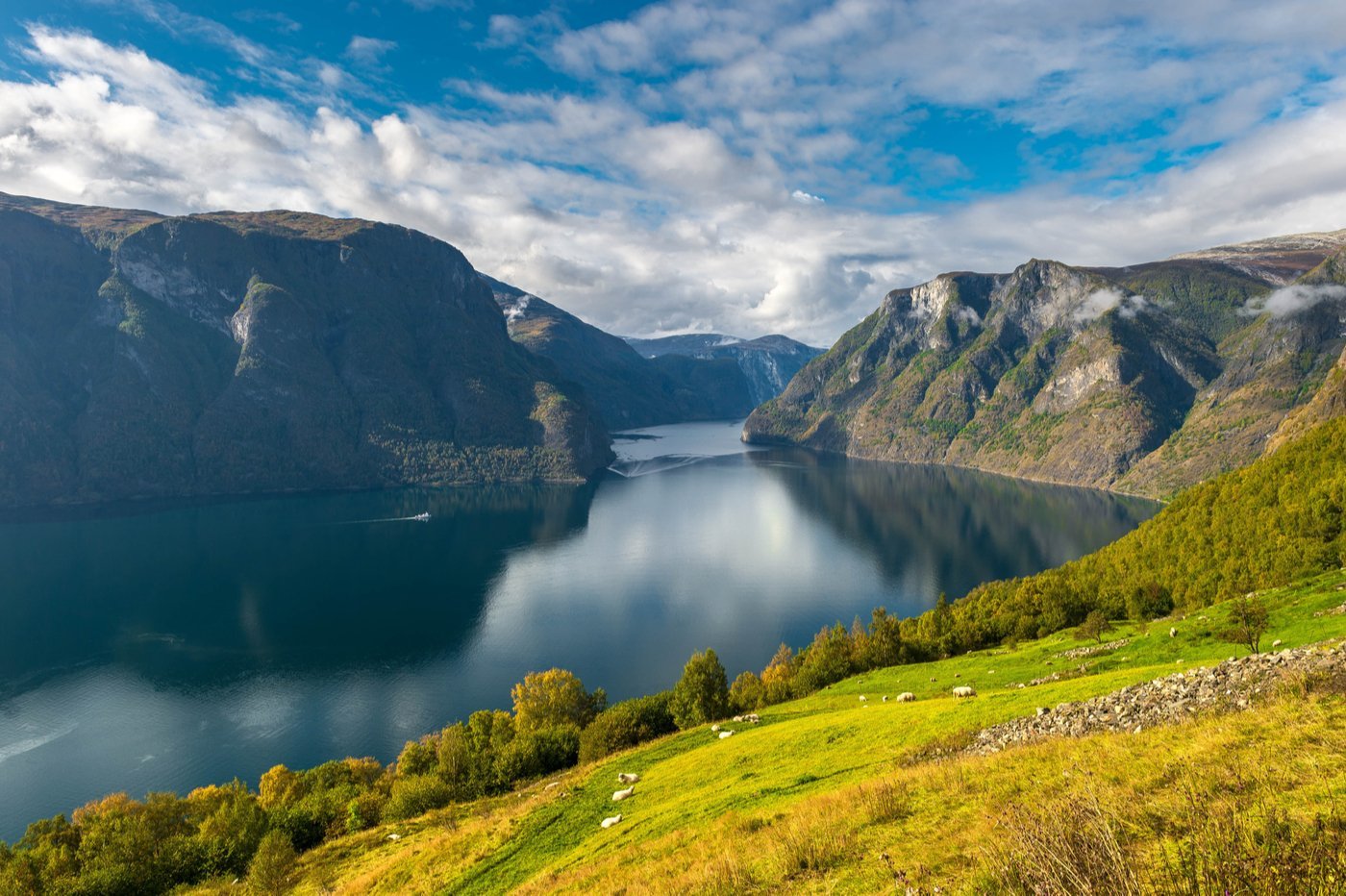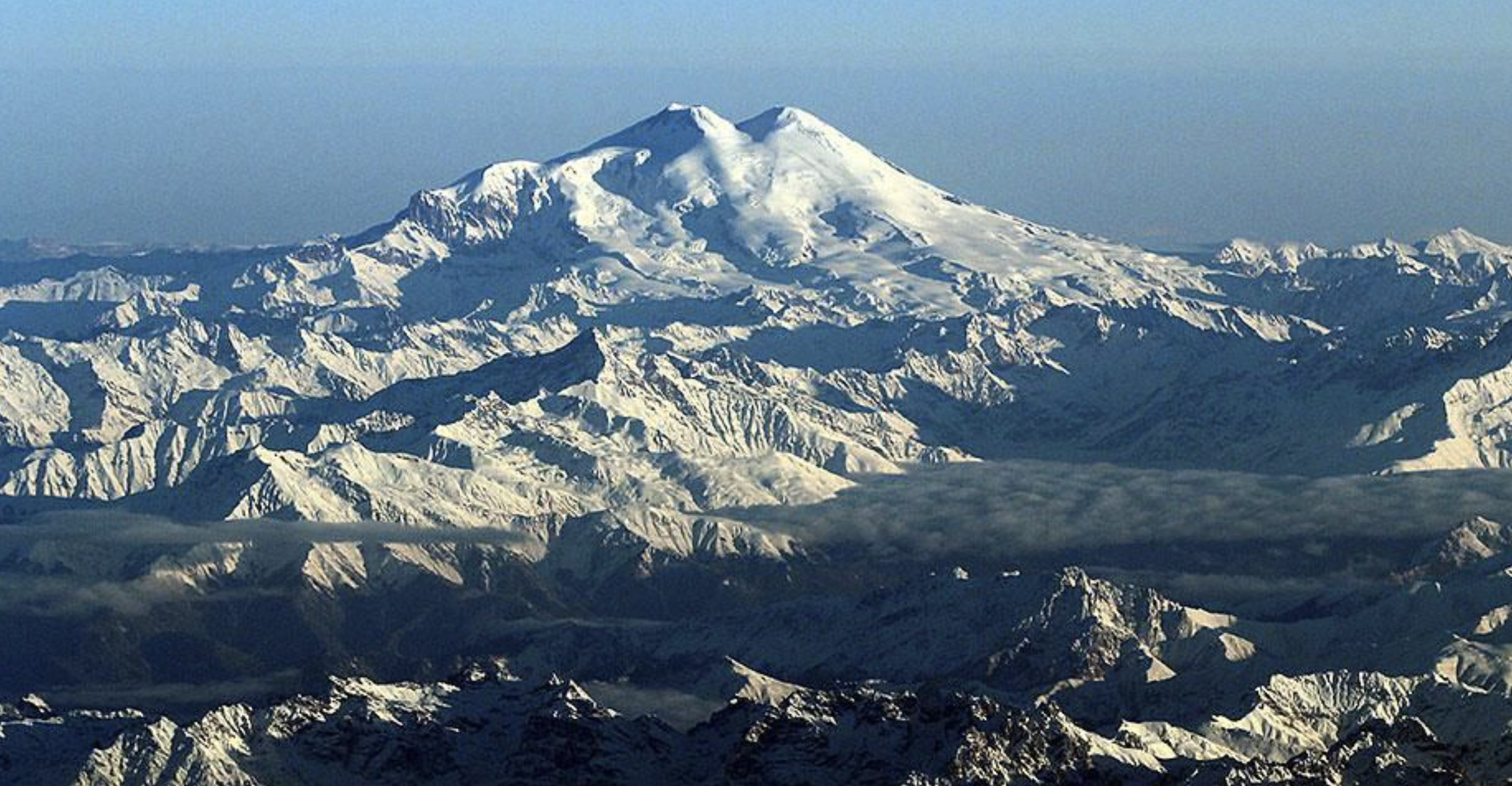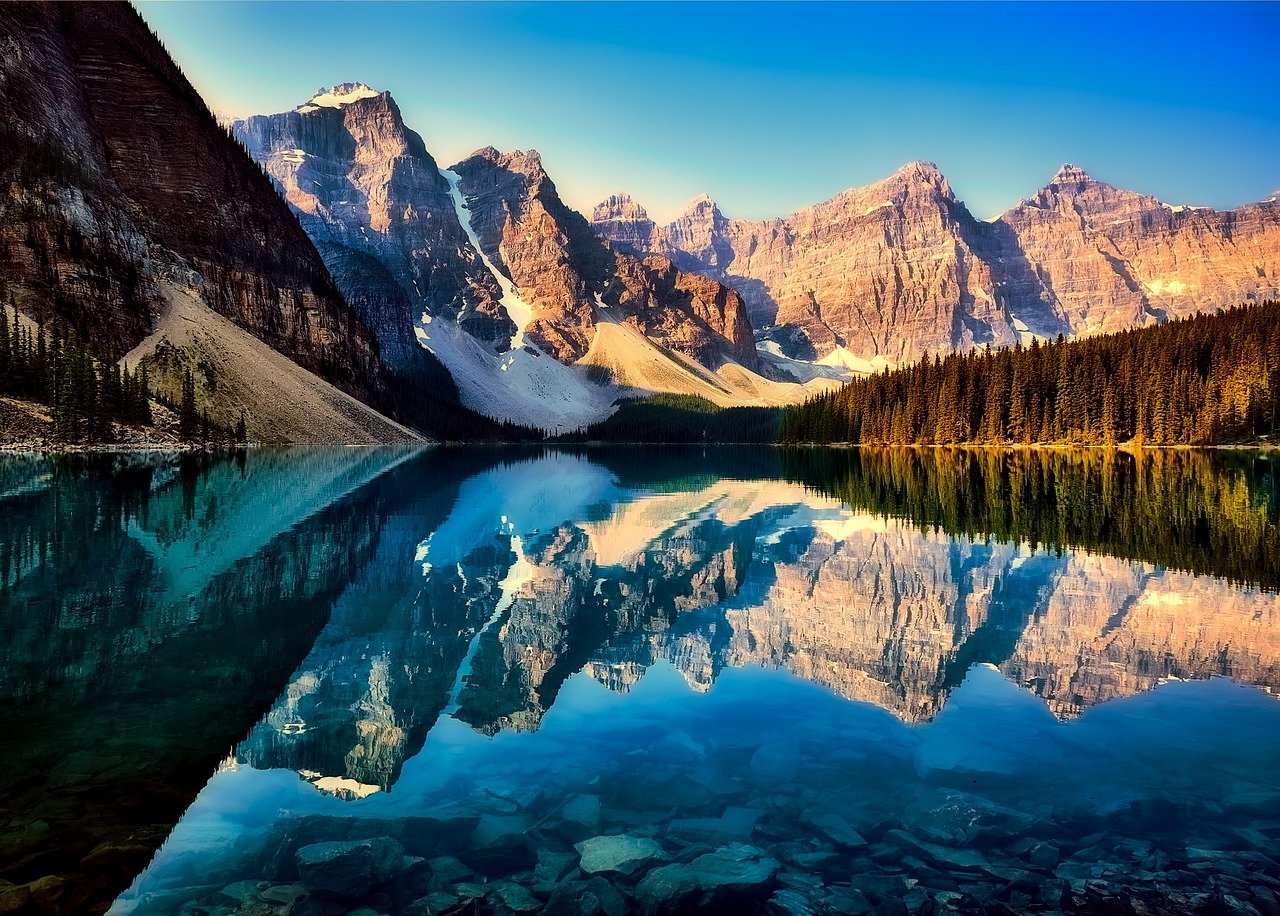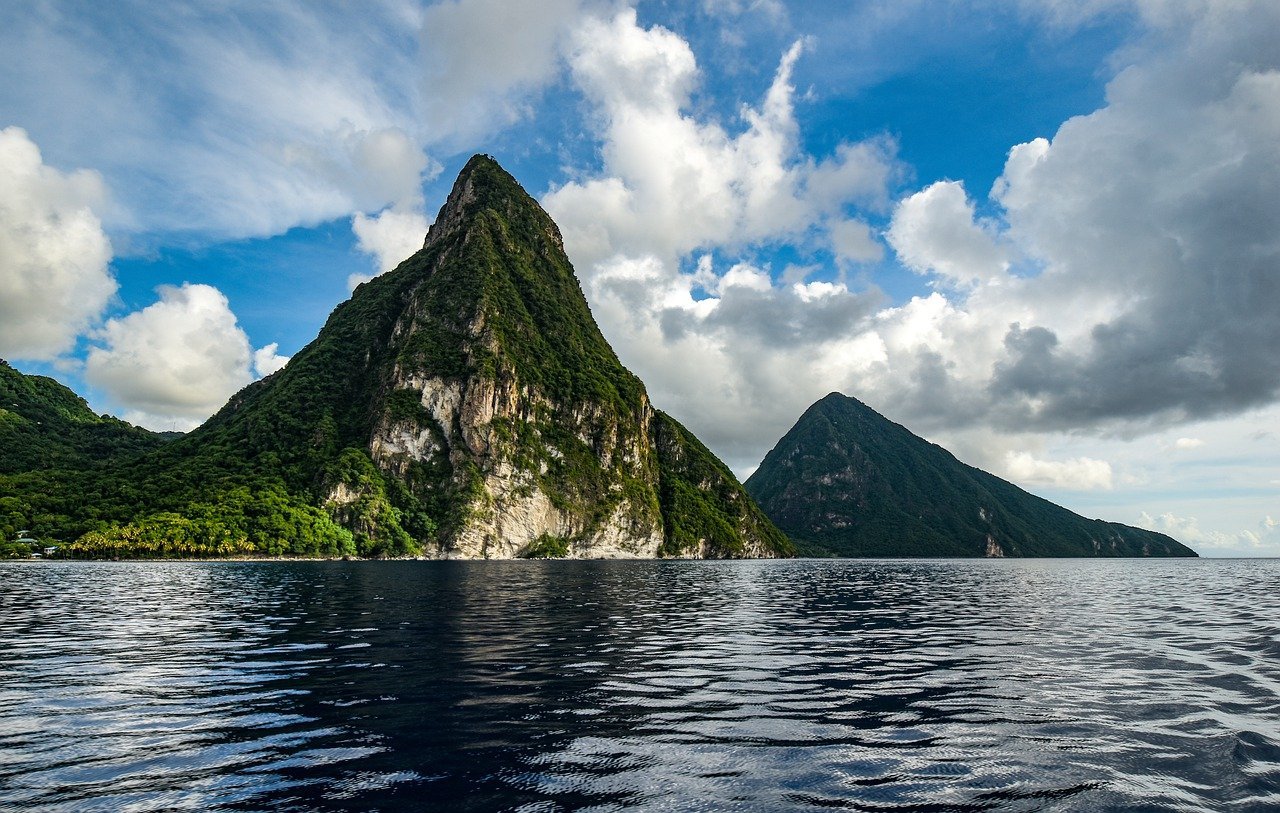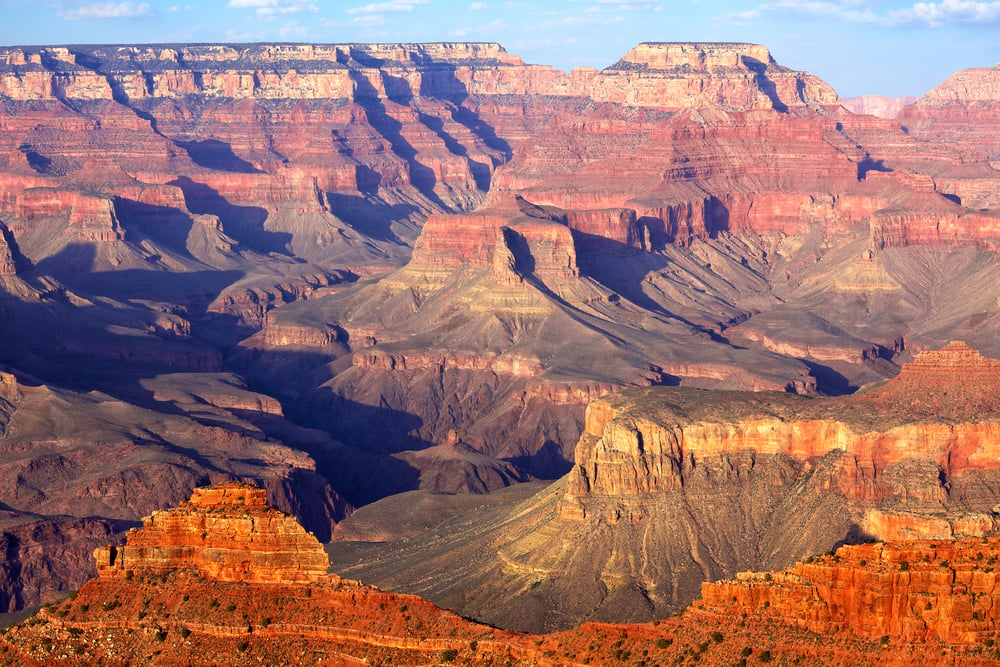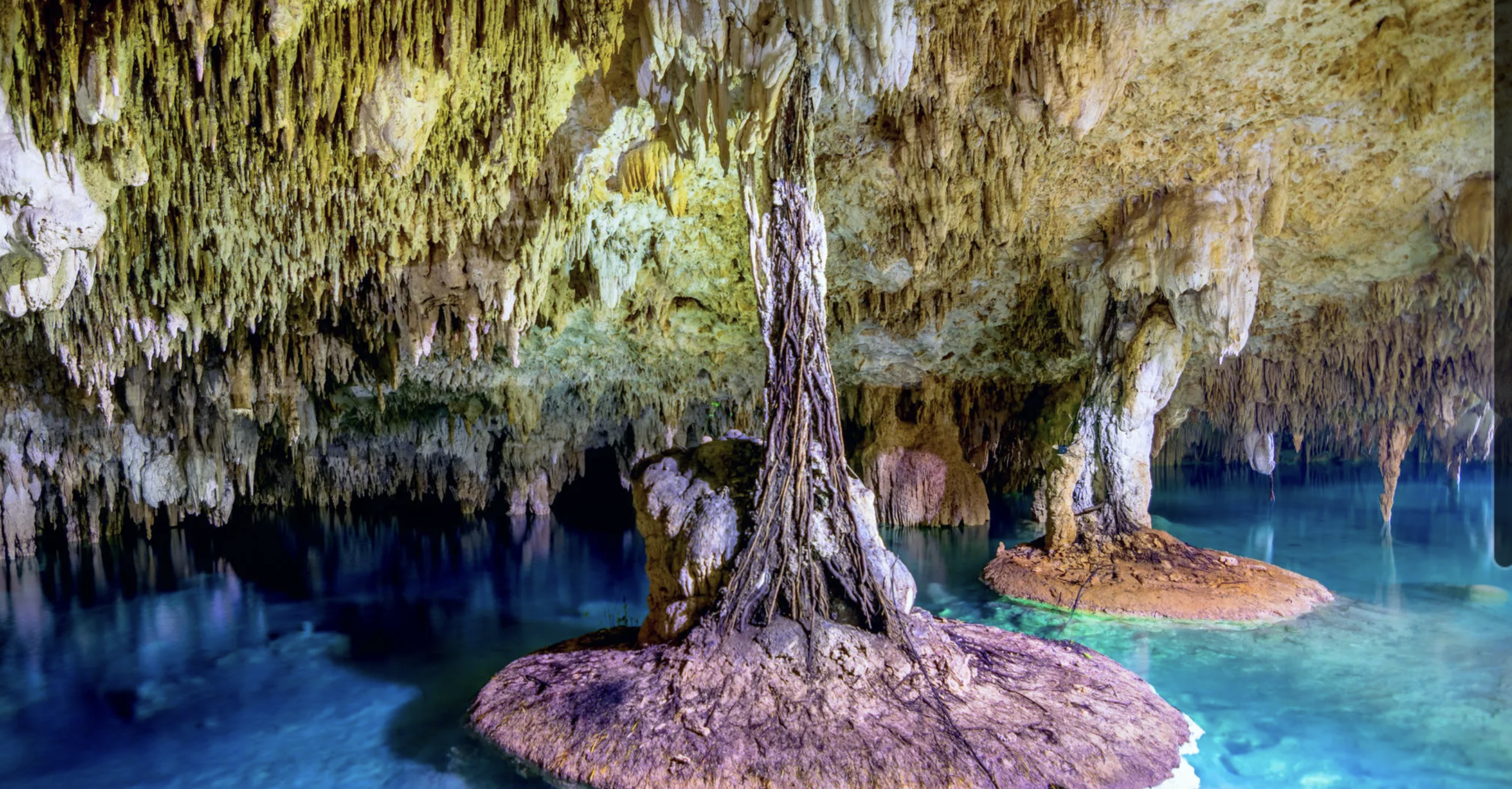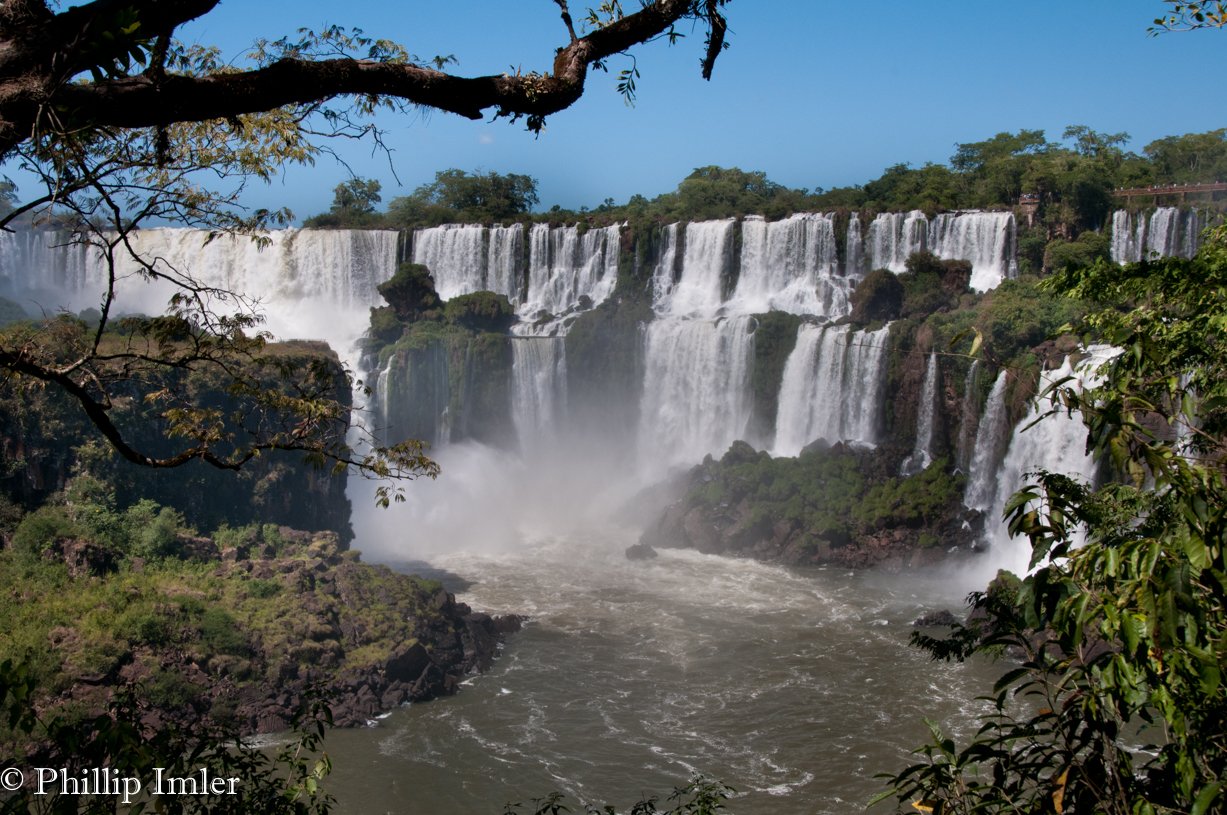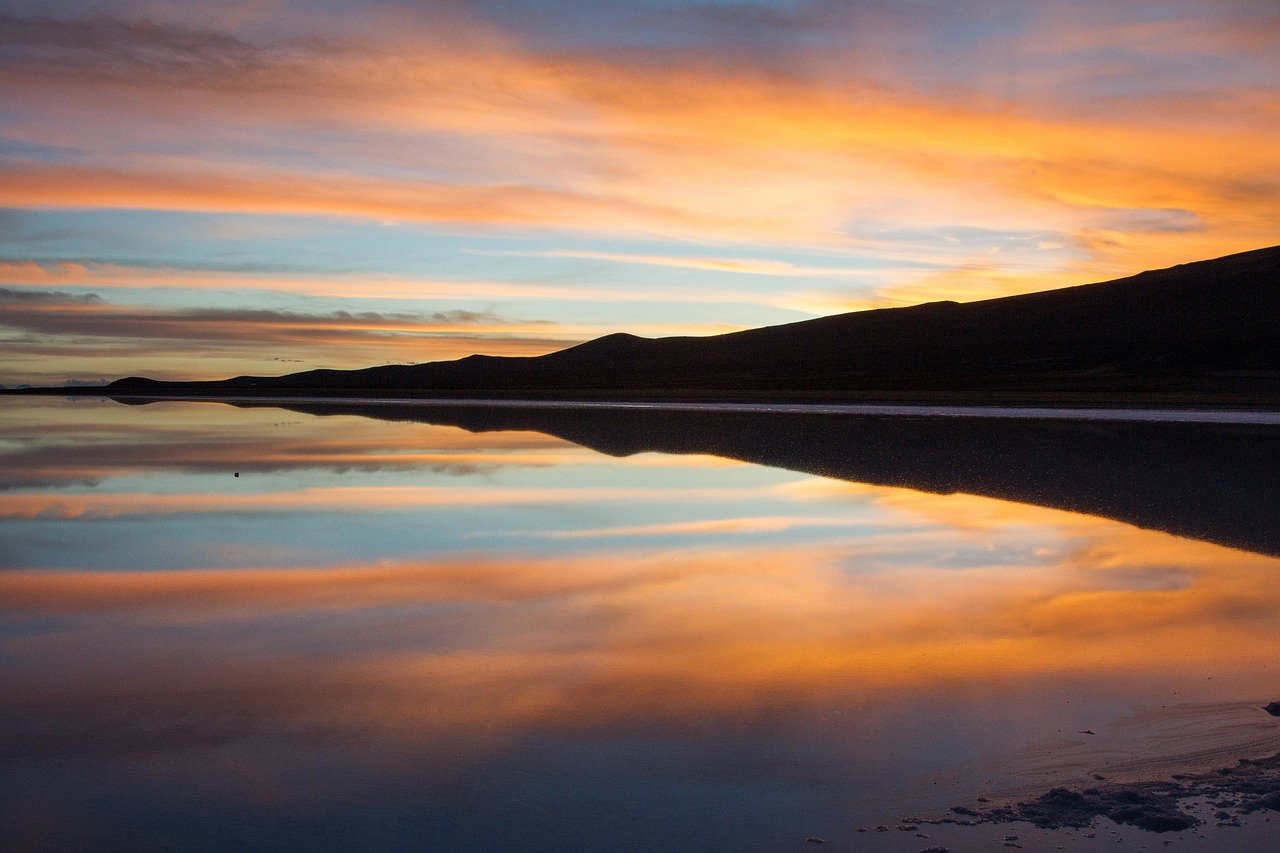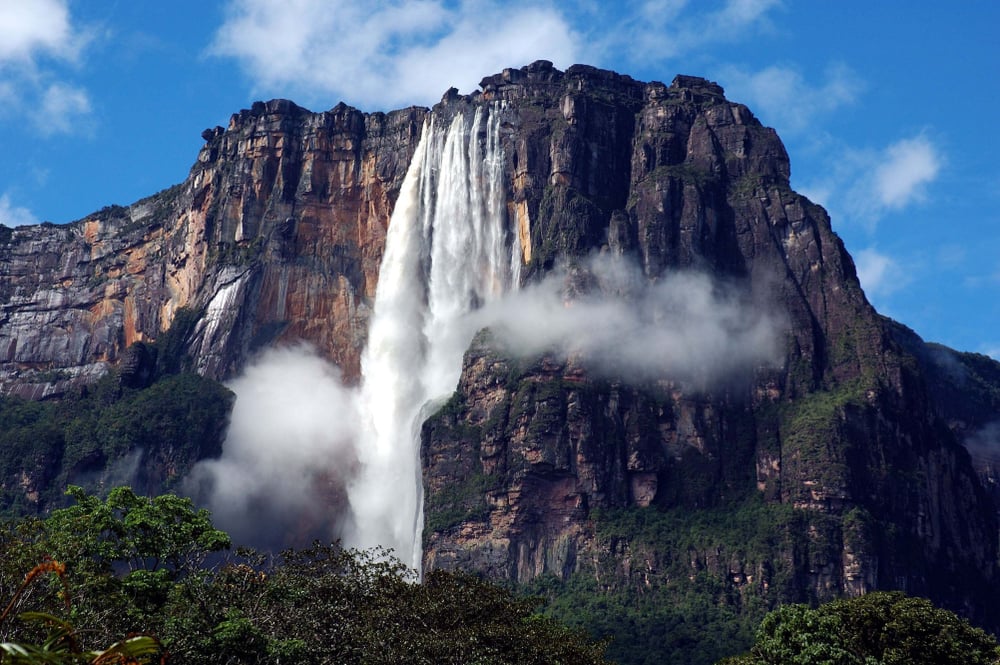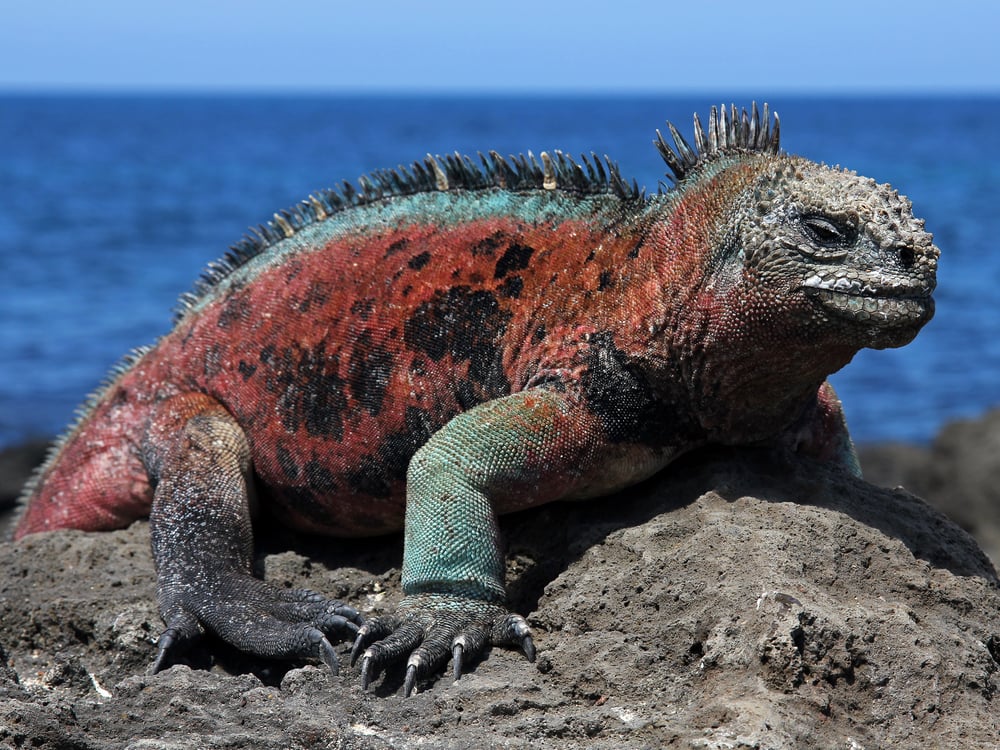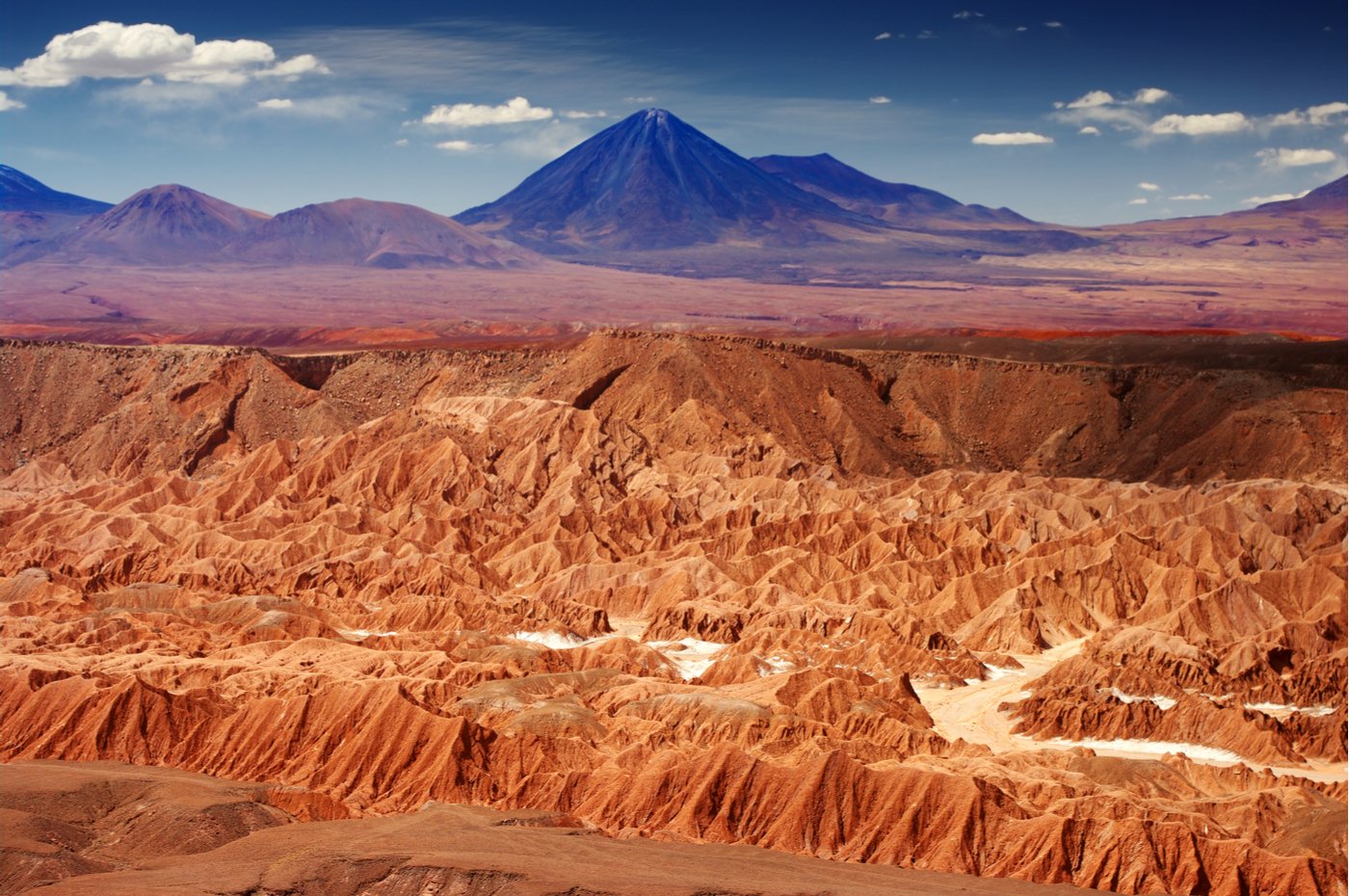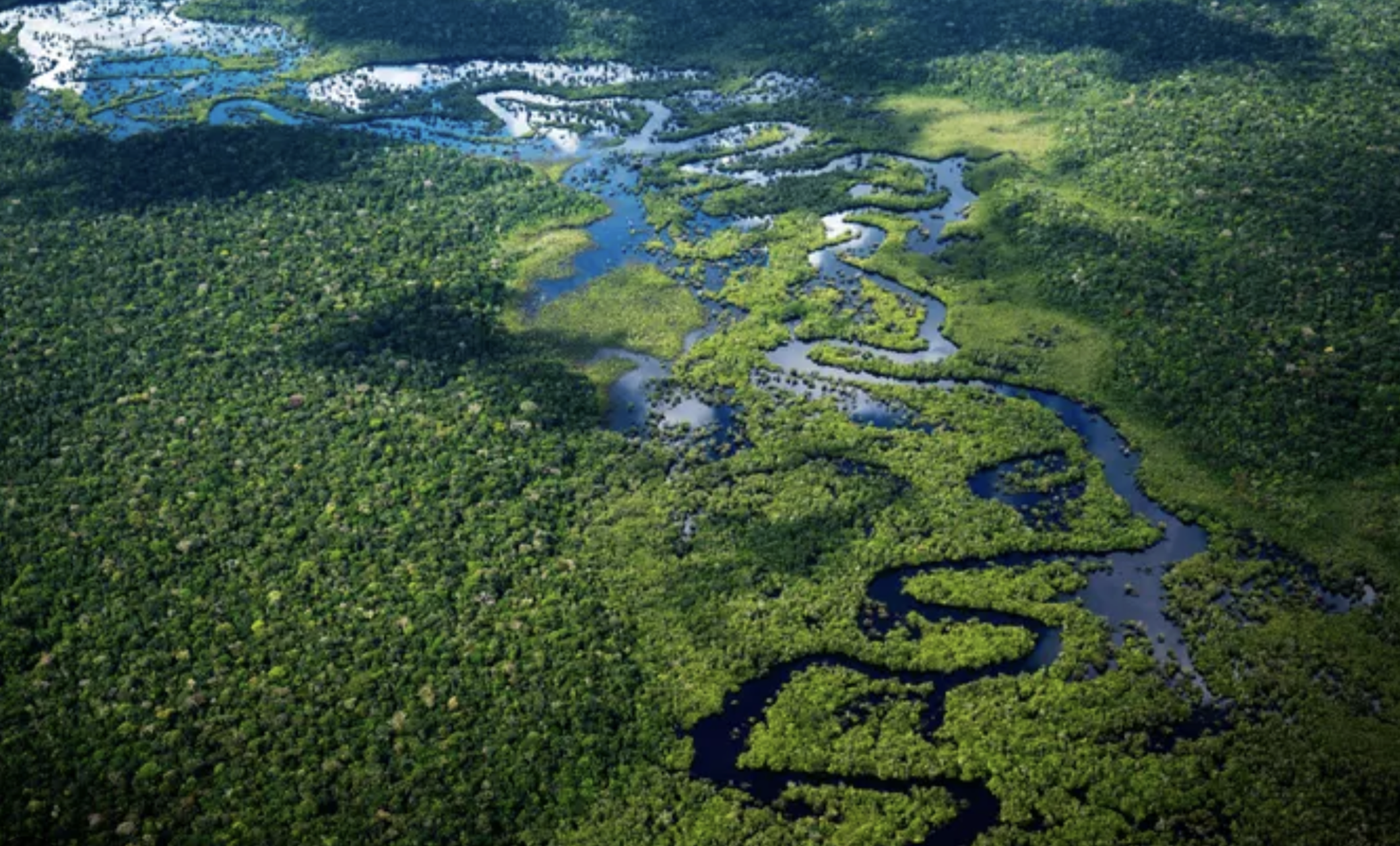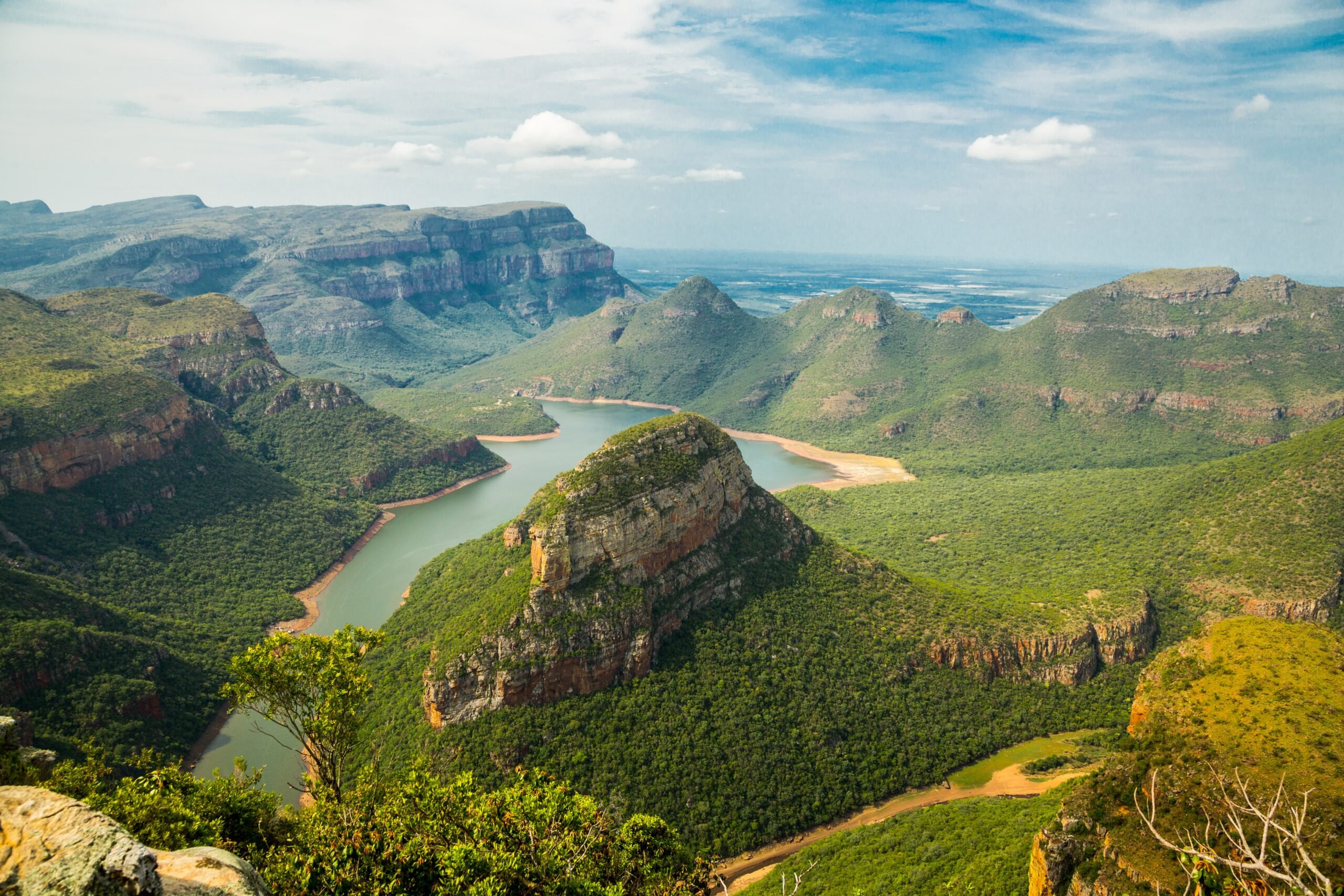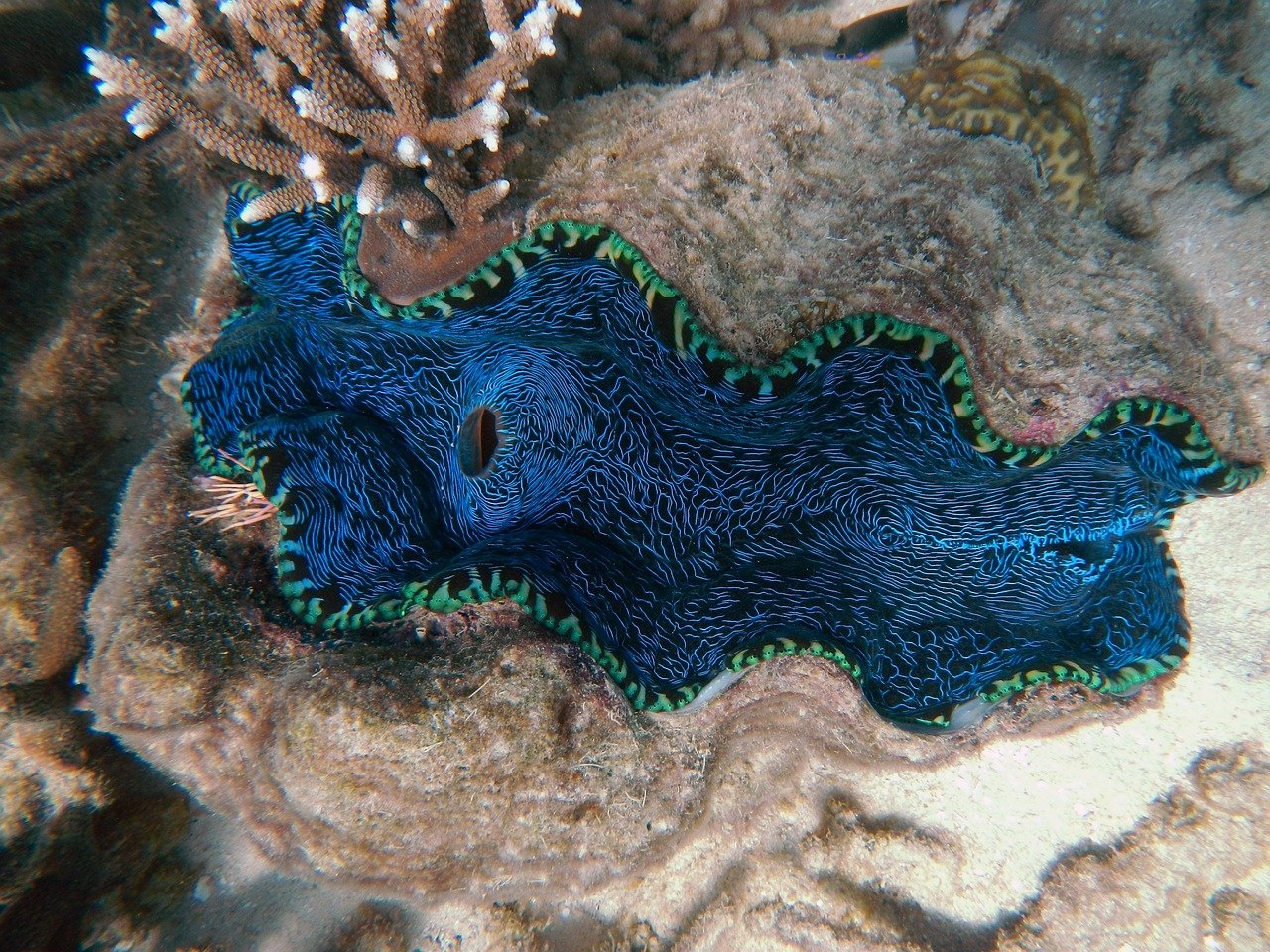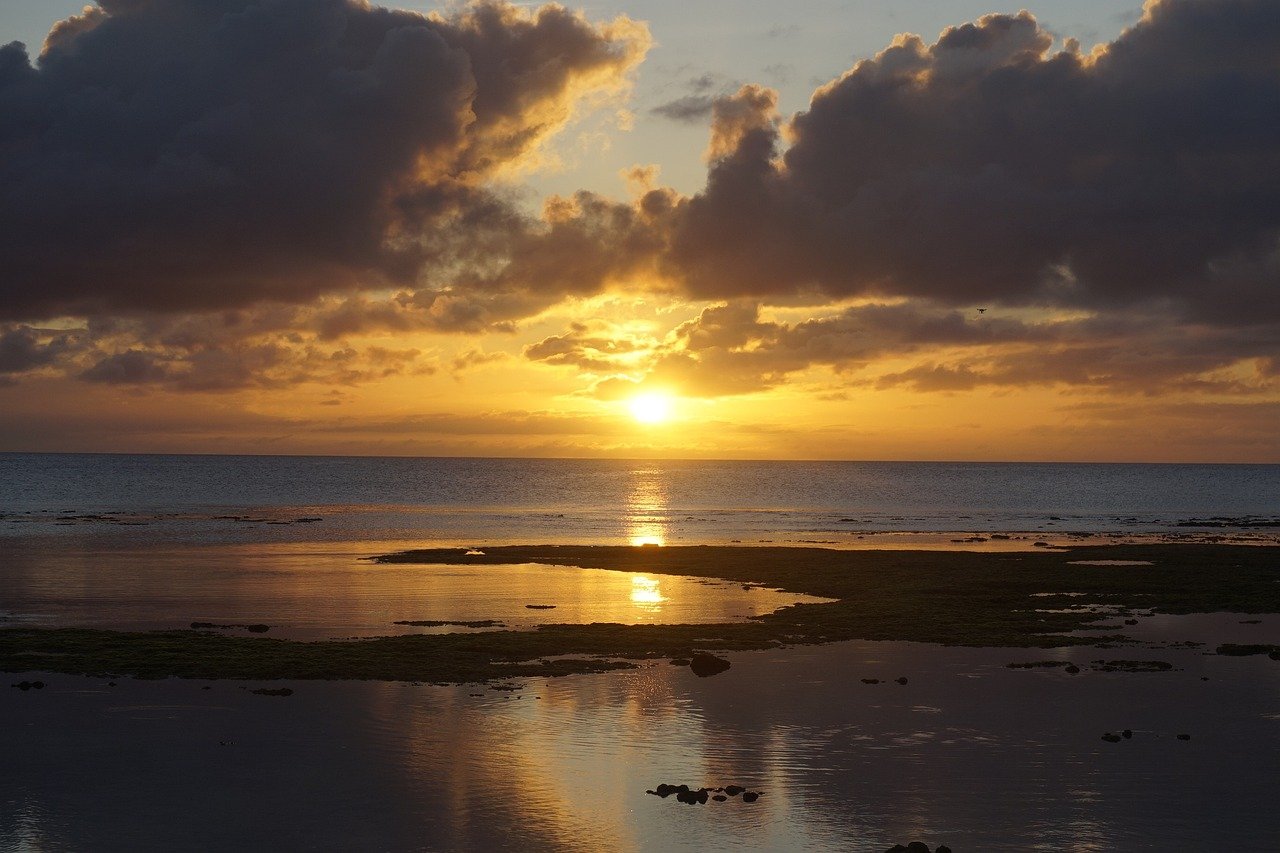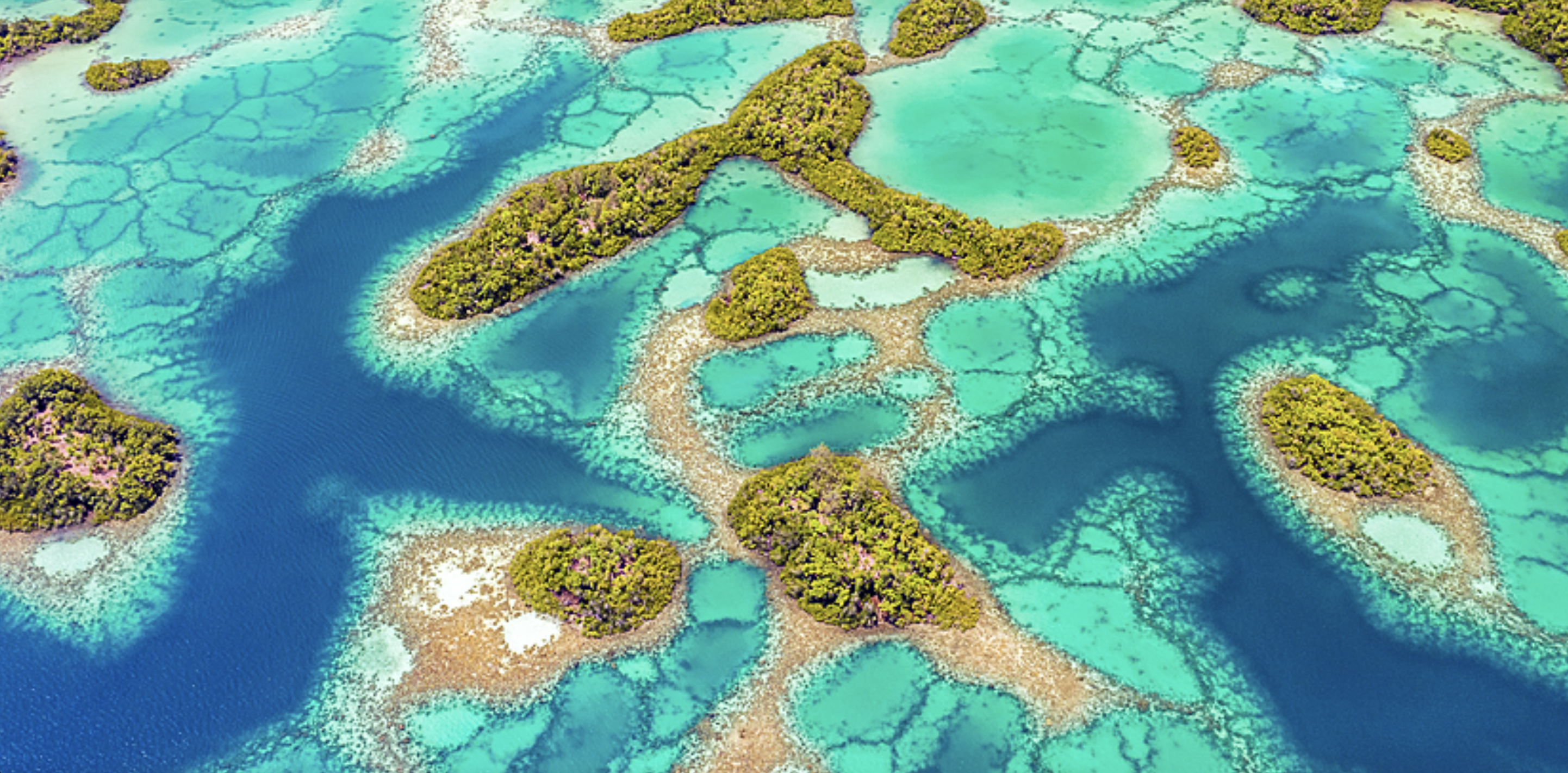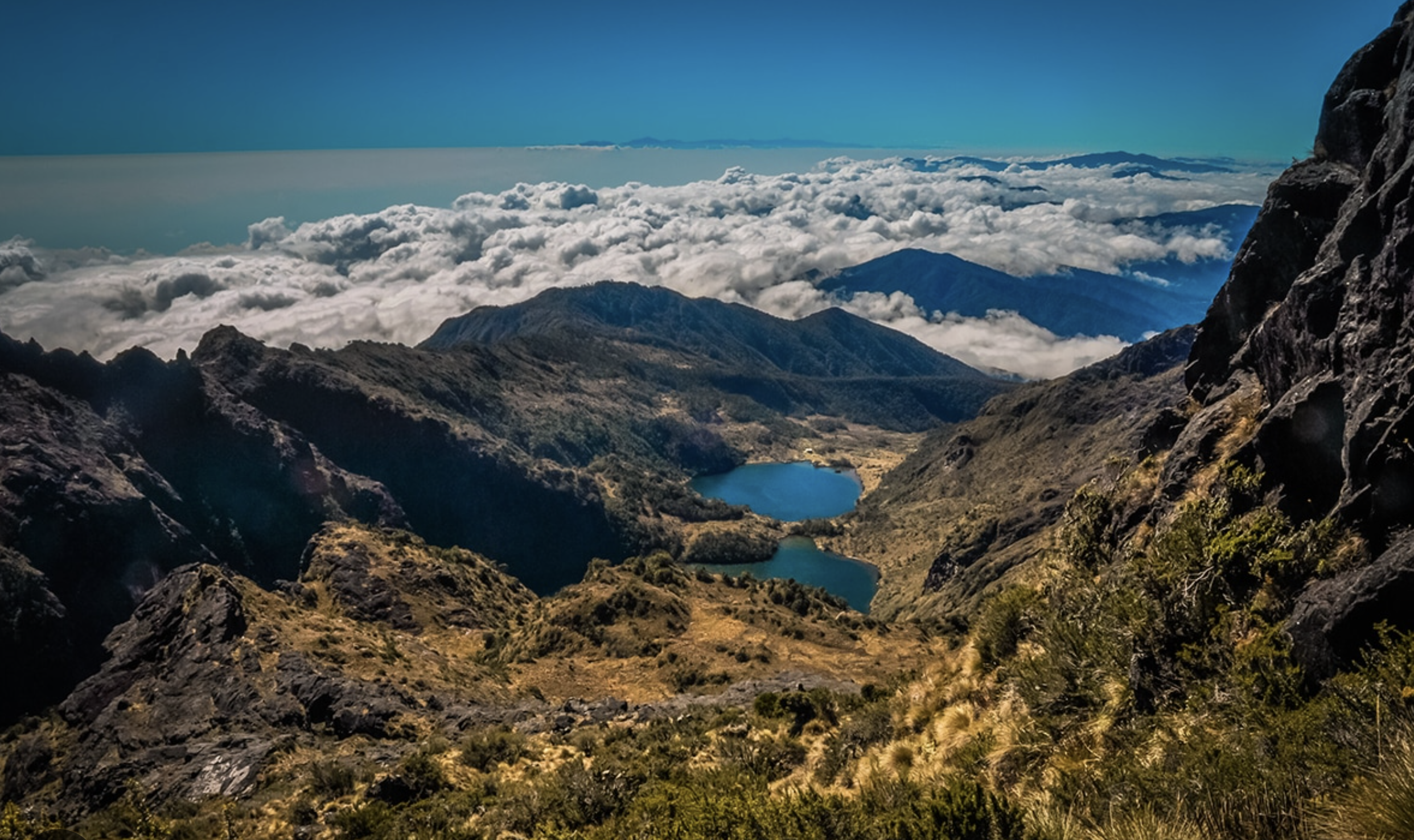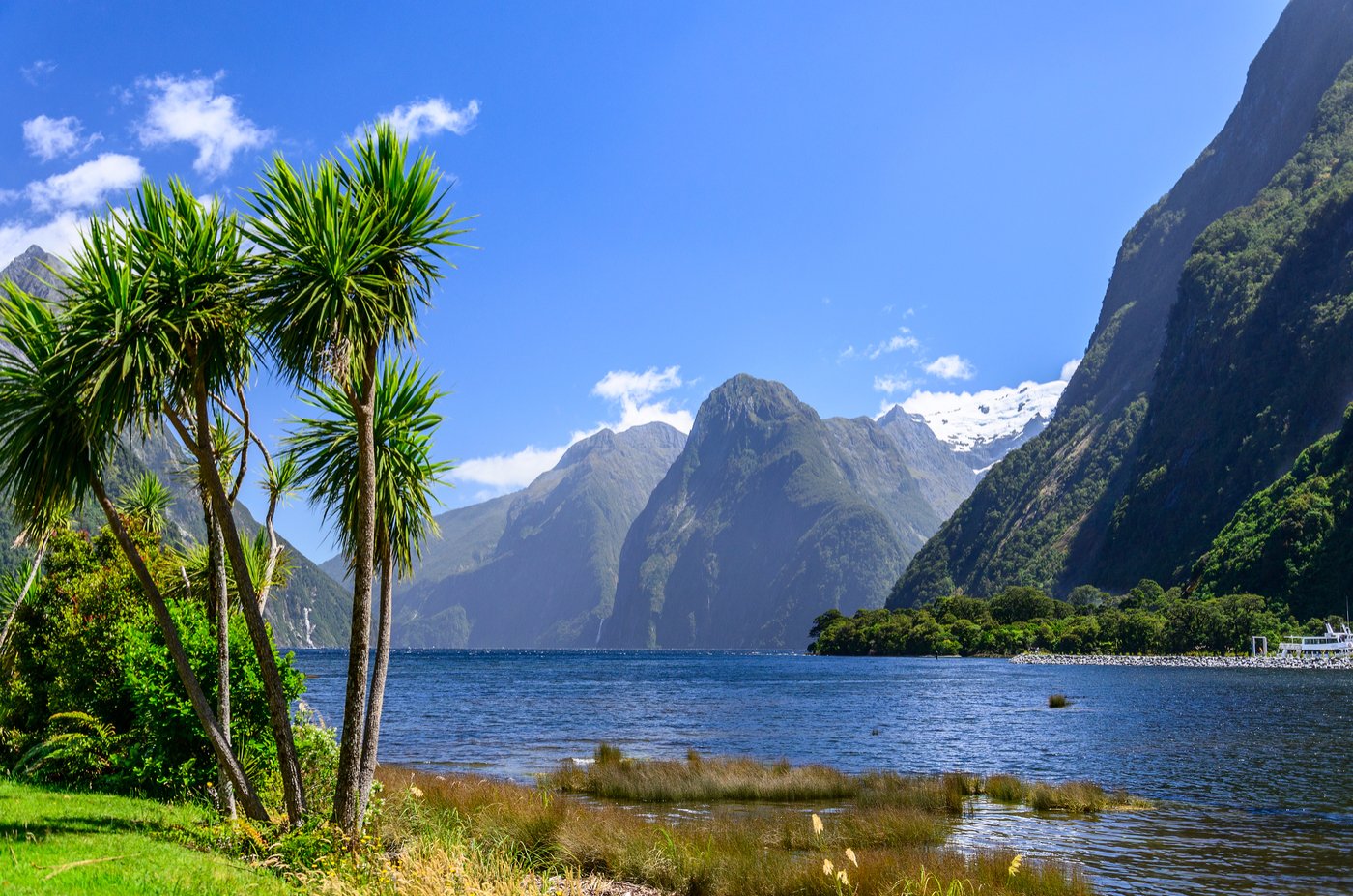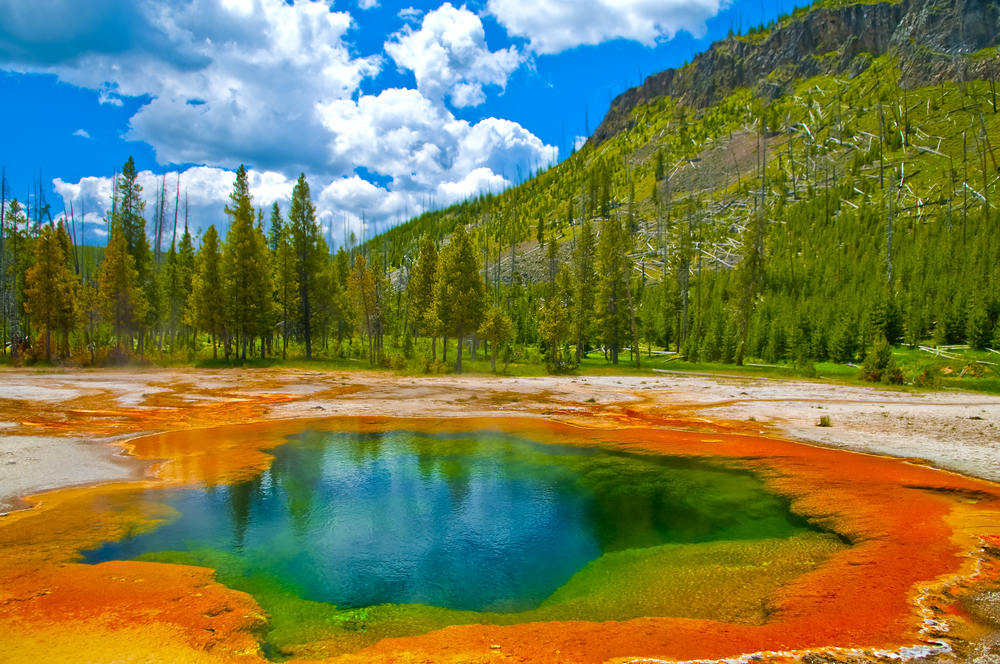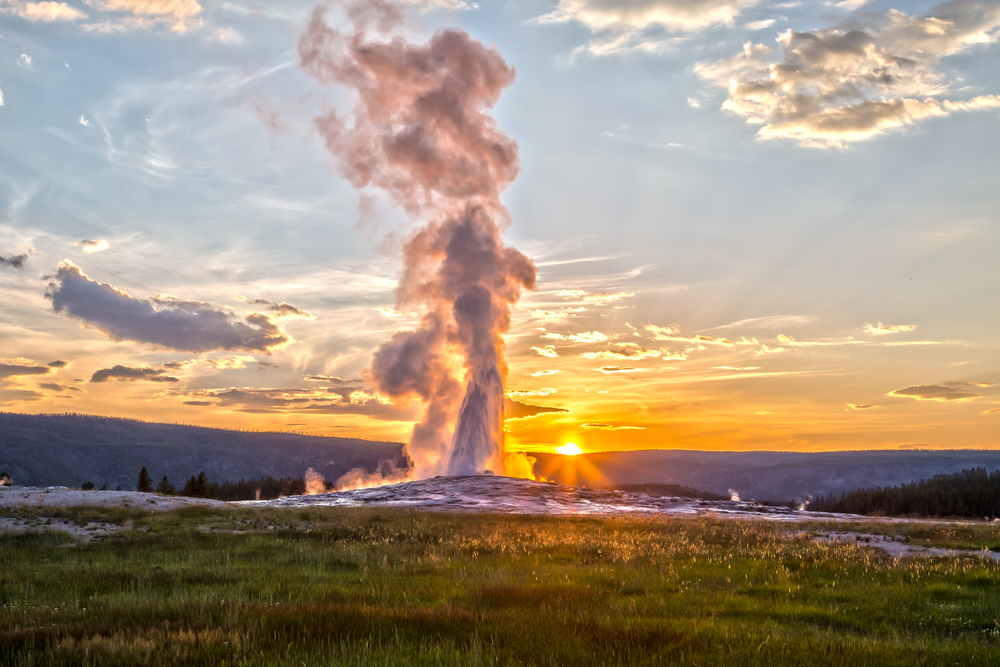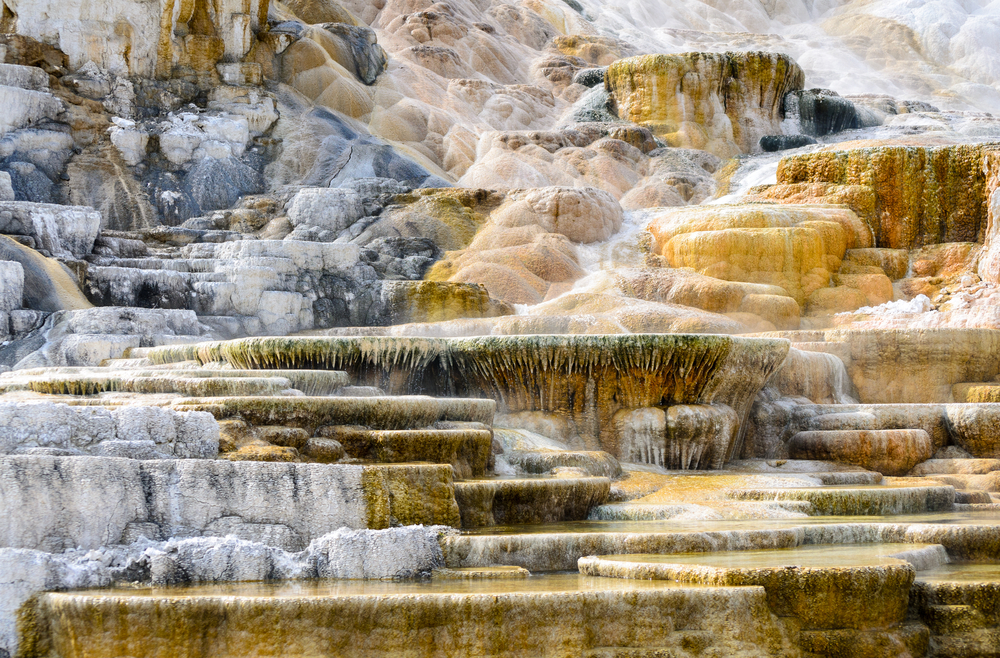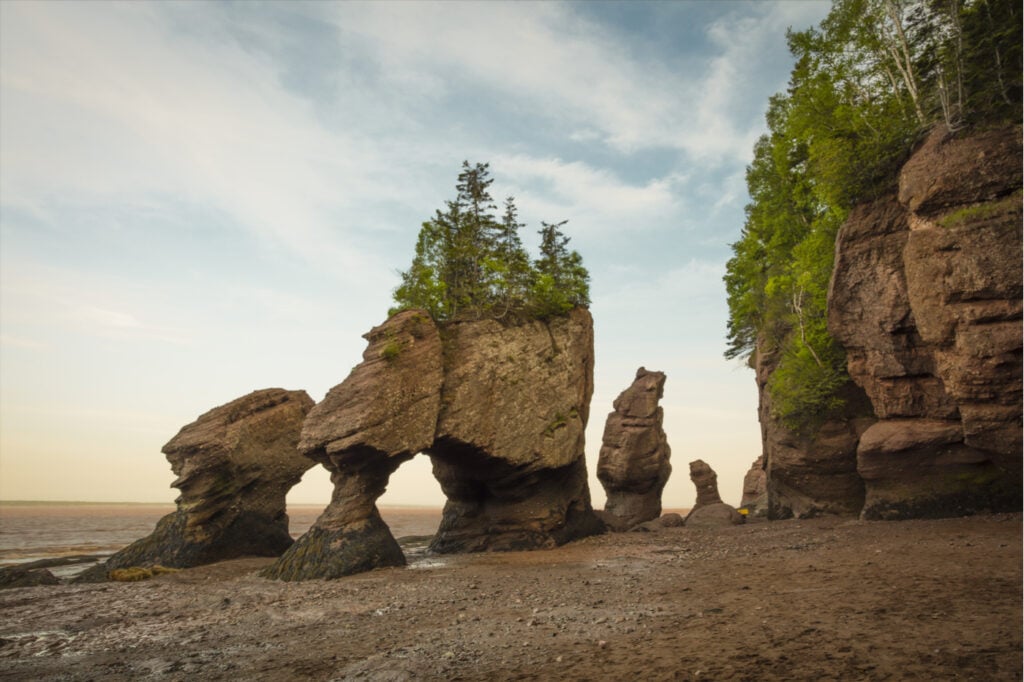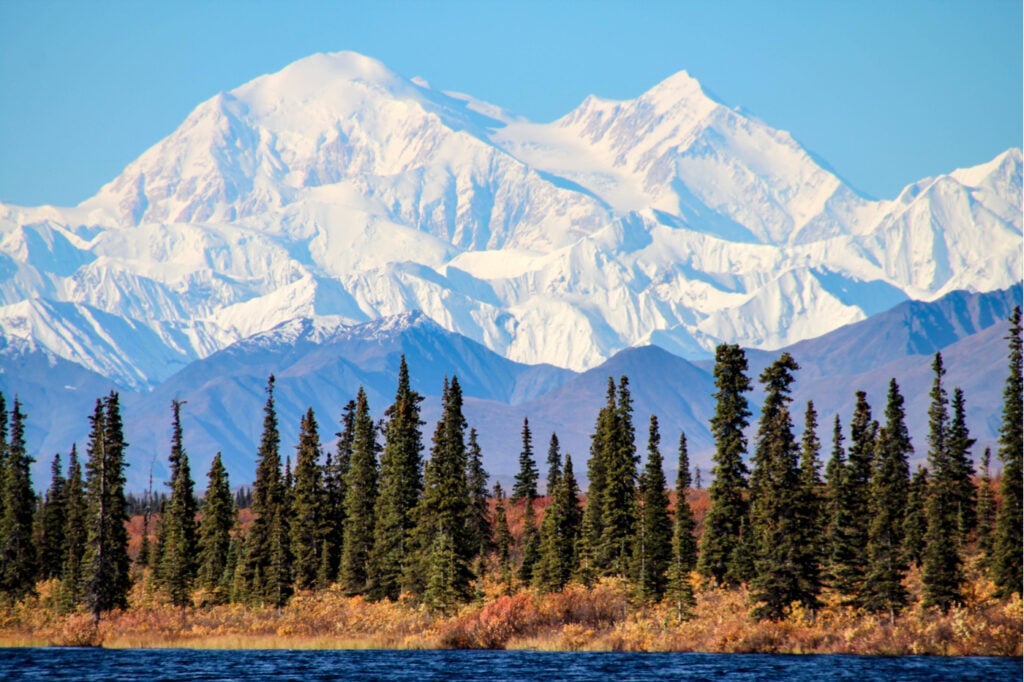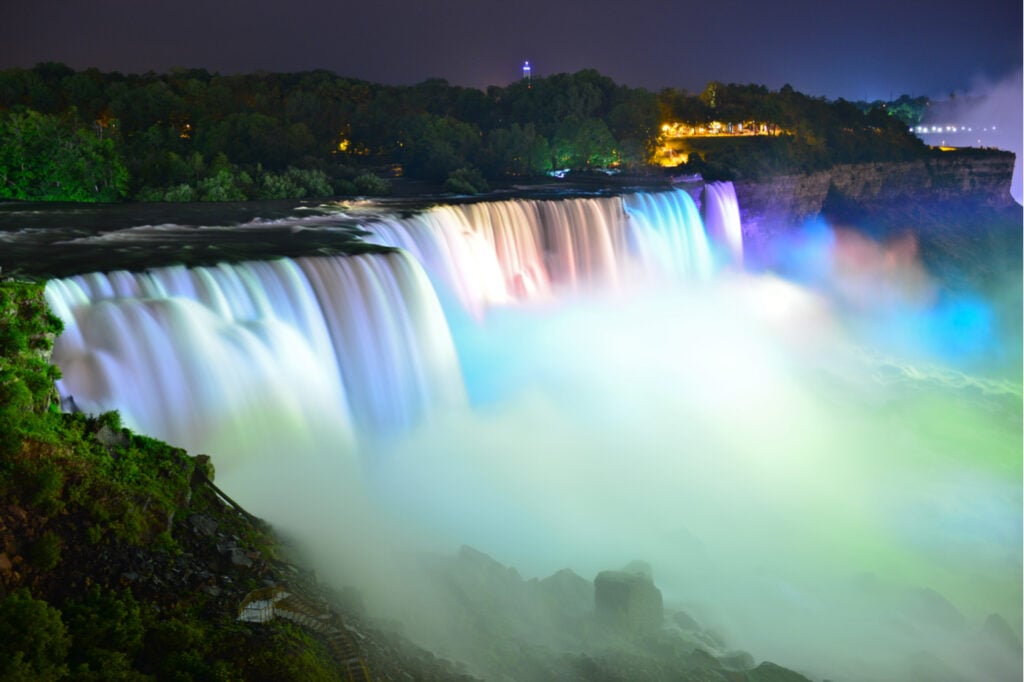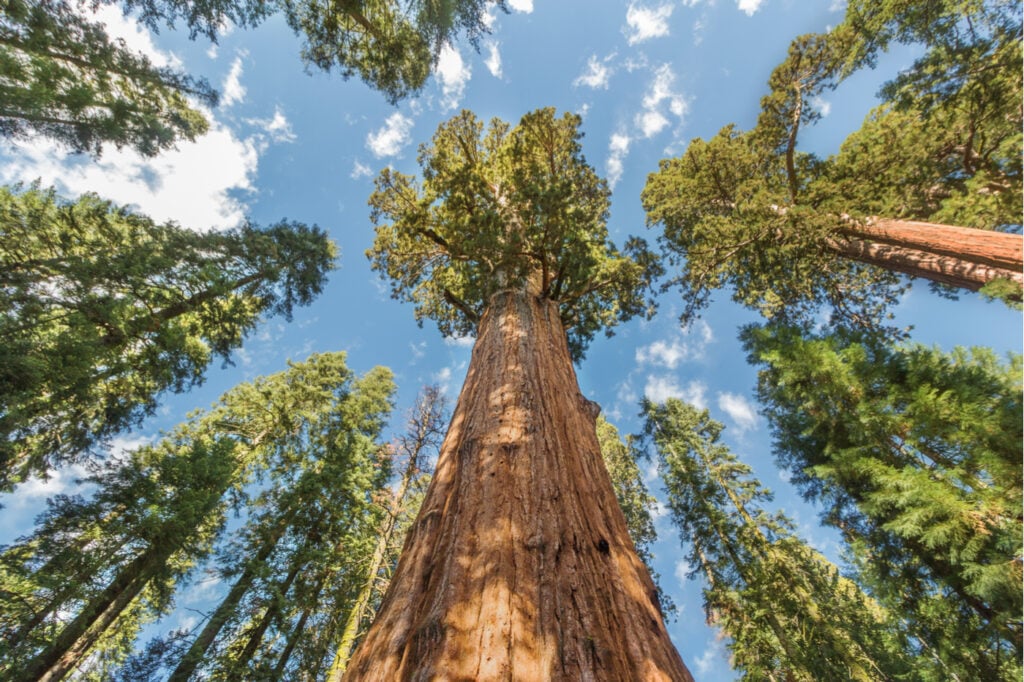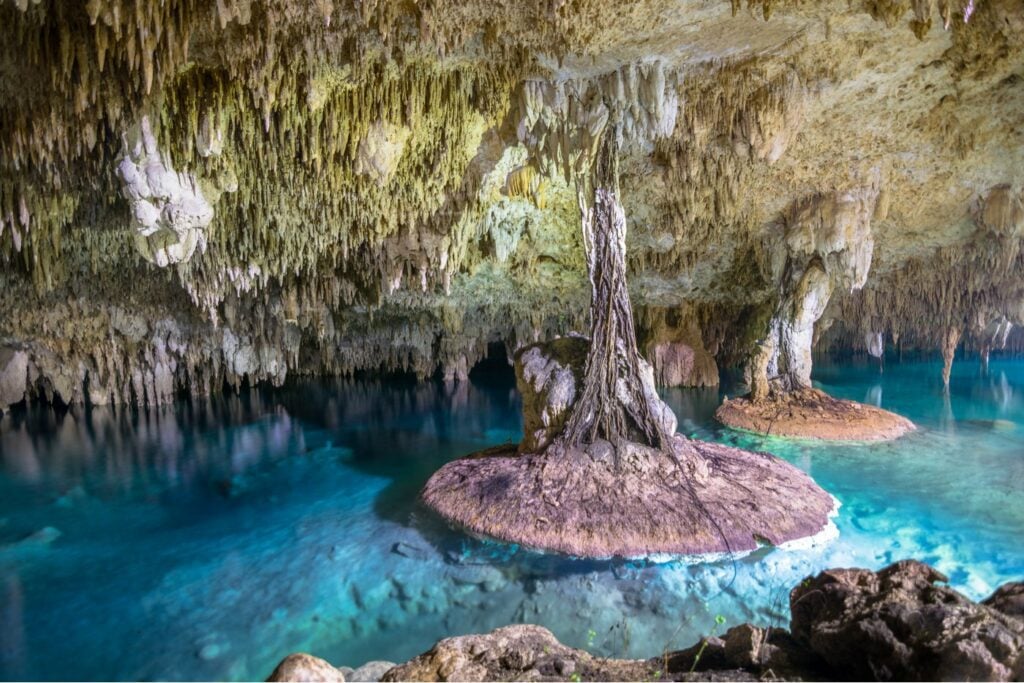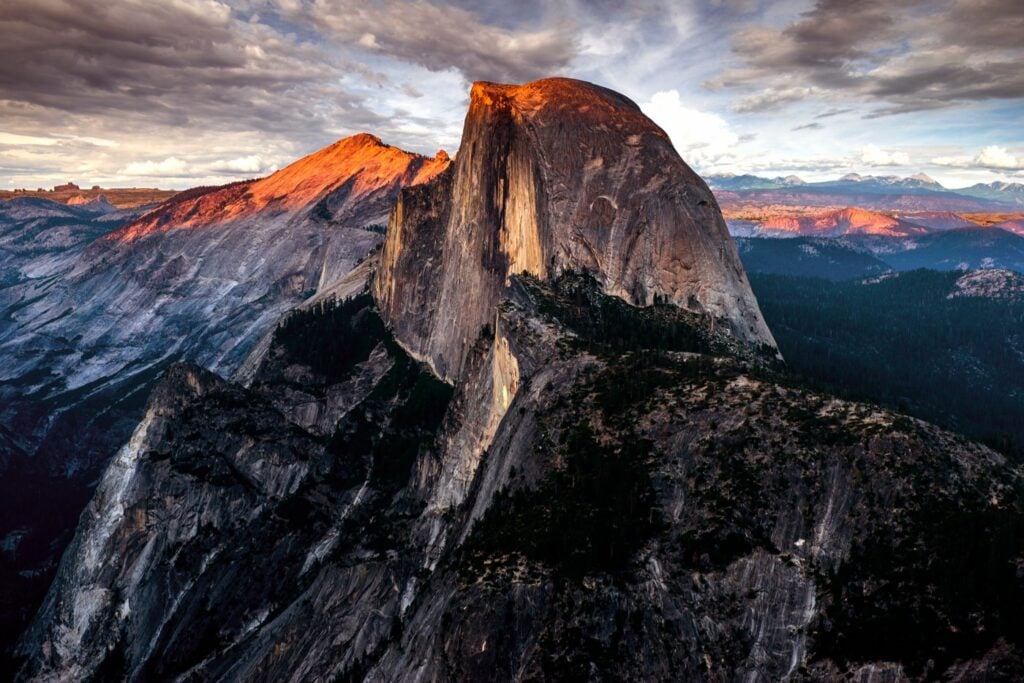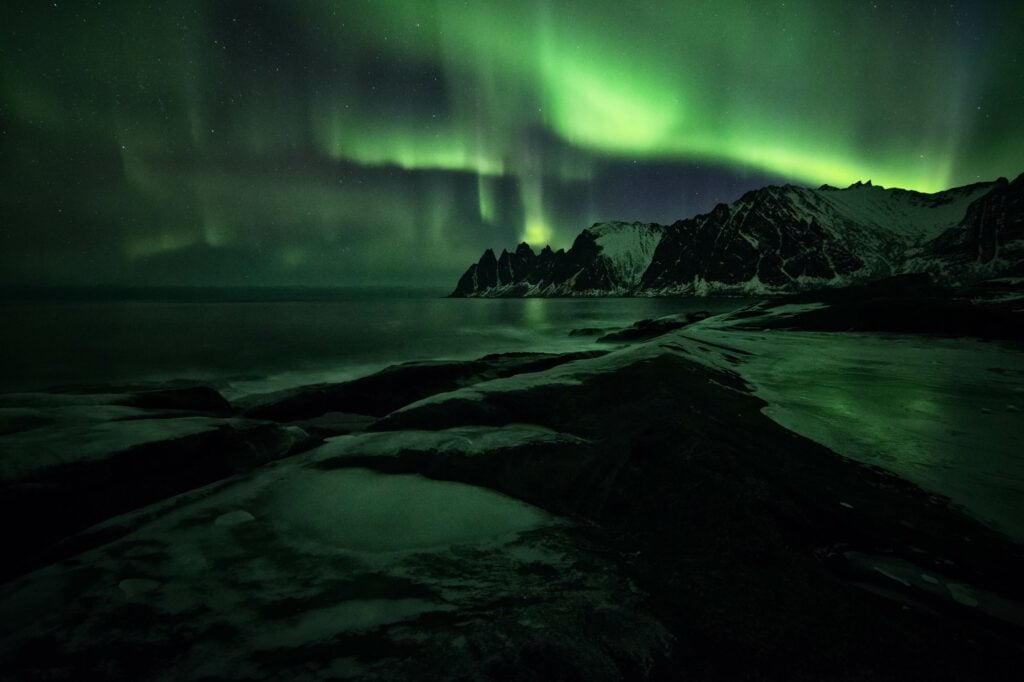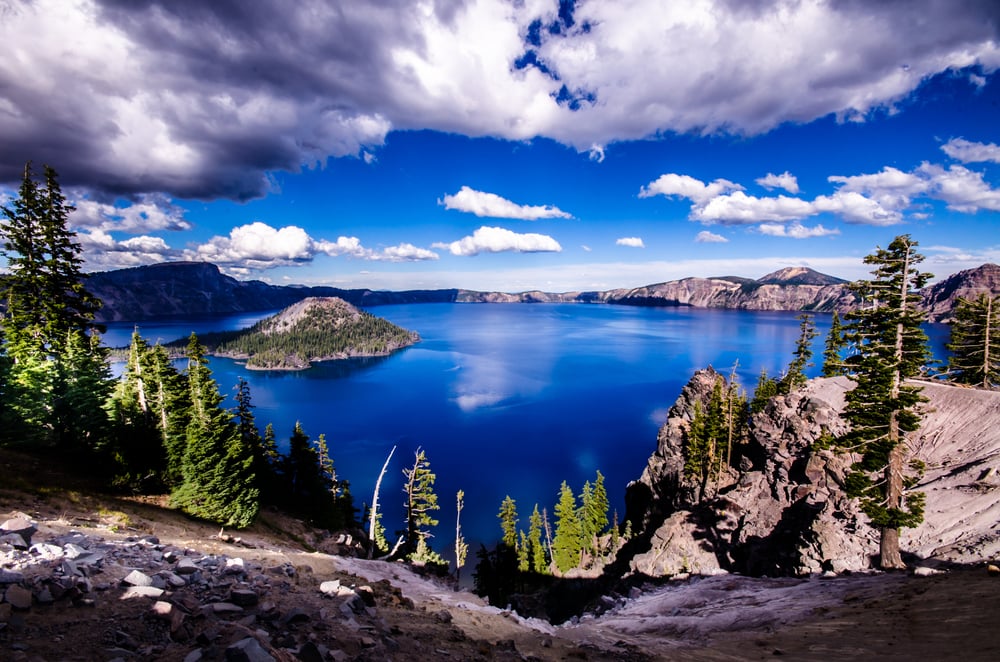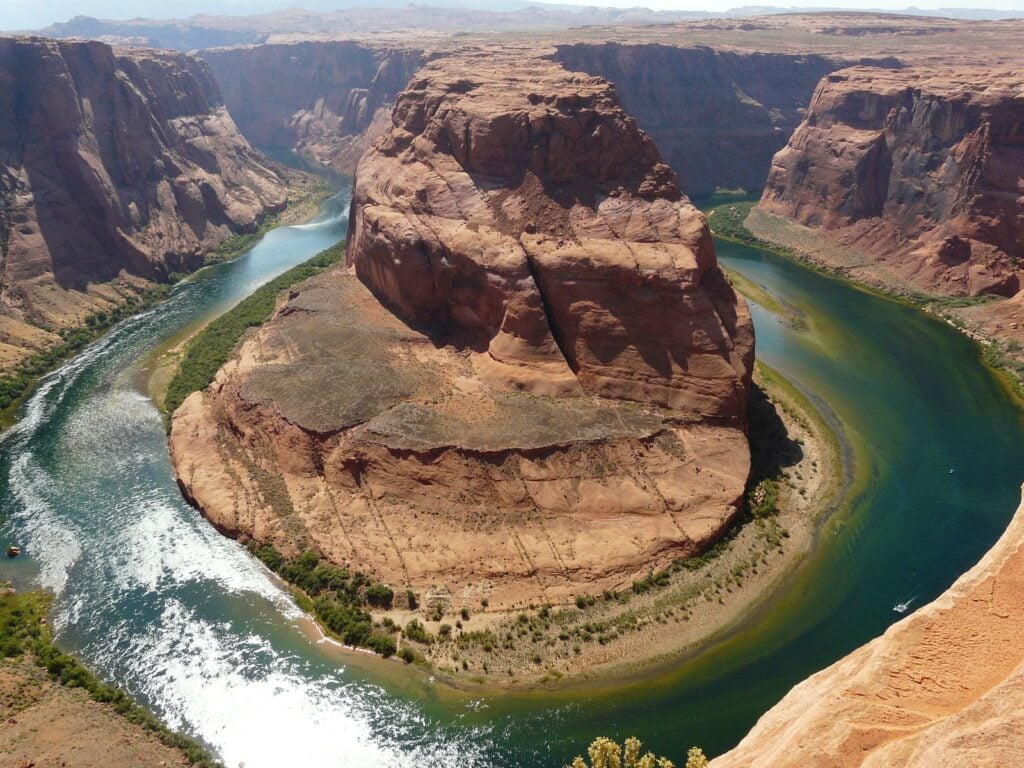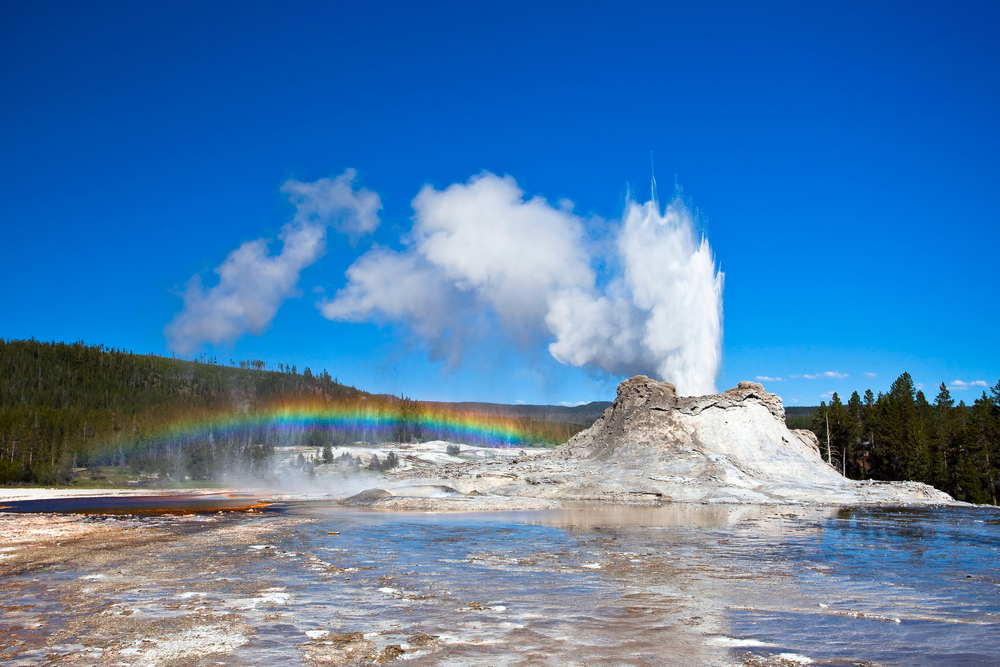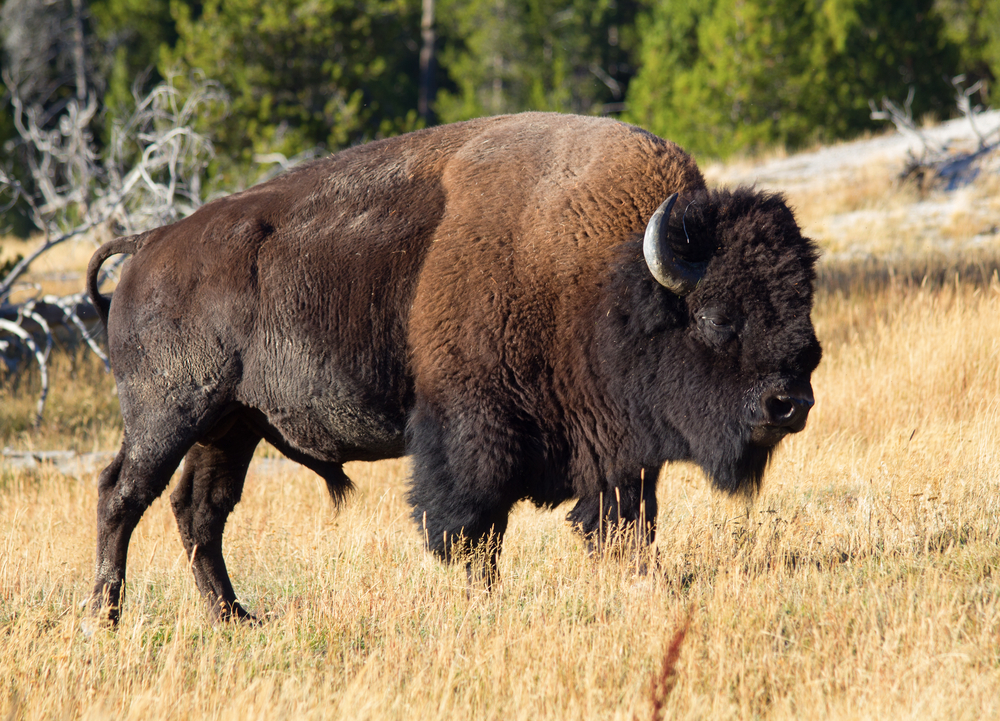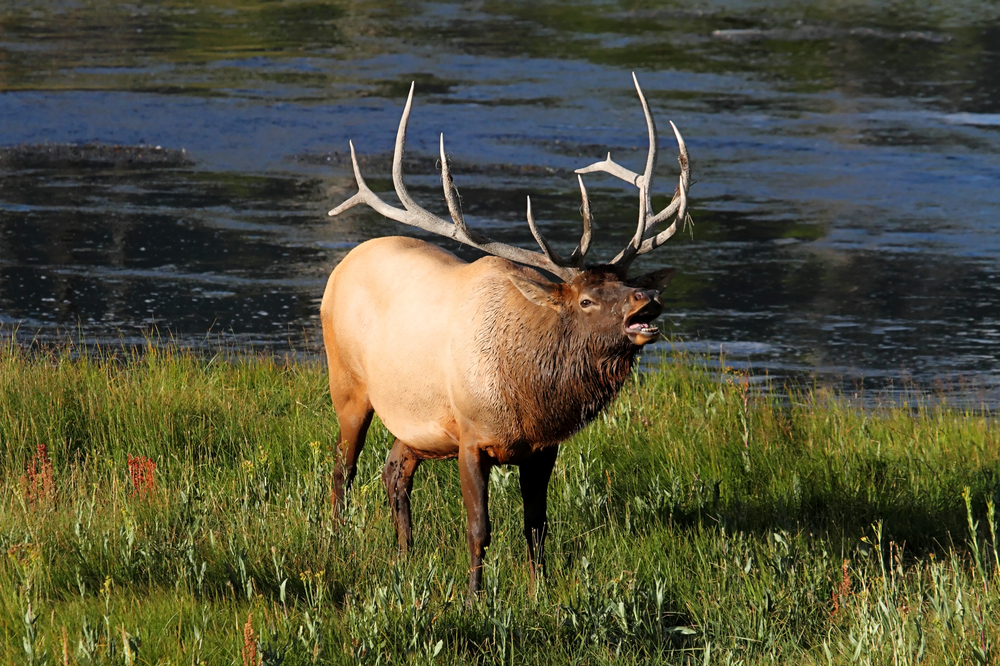About Yellowstone National Park
Yellowstone National Park, established in 1872 as the world’s first national park, is a natural wonder that captivates with its geothermal marvels, abundant wildlife, and pristine landscapes. Spanning across Wyoming, Montana, and Idaho, this vast expanse is home to the iconic Old Faithful geyser, erupting with predictable splendor.
The park’s geothermal features showcase colorful hot springs, bubbling mud pots, and steaming fumaroles, creating a surreal geothermal tapestry. Yellowstone’s diverse ecosystems harbor a rich array of wildlife, including grizzly bears, wolves, and herds of bison roaming freely.
Discover the grandeur of the Grand Canyon of the Yellowstone, where the Yellowstone River carves through rugged terrain, showcasing breathtaking waterfalls like Lower and Upper Falls. The park’s expansive wilderness invites visitors to explore pristine lakes, dense forests, and high alpine meadows.
Yellowstone’s significance extends beyond its beauty; it stands as a symbol of conservation, preserving the wild essence of North America for generations to come. Whether marveling at natural wonders or embracing the call of the wild, Yellowstone National Park is an unparalleled sanctuary of nature’s wonders.
Physical Characteristics
Yellowstone National Park, sprawled across 2.2 million acres, is home to the renowned Yellowstone Caldera, a super volcano stretching 30 miles (48 kilometers) wide. This geothermal wonderland boasts over 10,000 hydrothermal features, including geysers, hot springs, and mud pots.
The iconic Old Faithful, with eruptions reaching up to 184 feet (56 meters), mesmerizes visitors. Towering waterfalls, like the Lower Falls of the Yellowstone River, carve through the park’s diverse landscapes, ranging from alpine meadows to dense forests.
Yellowstone stands as the first national park globally, offering an unparalleled fusion of geothermal wonders, breathtaking landscapes, and thriving biodiversity.
Wildlife
Seated in the heart of the Rocky Mountains, Yellowstone National Park is a vast and diverse wilderness that showcases the wonders of North American wildlife. From the bubbling geothermal features to the expansive forests and meadows, Yellowstone is home to a spectacular array of creatures adapted to its unique ecosystems.
The park’s iconic landscapes provide a backdrop for encounters with charismatic species, making it a haven for wildlife enthusiasts seeking a glimpse into the untamed beauty of nature.
Top 10 Wildlife Species in and around Yellowstone National Park:
- American Bison (Bison bison):
- Roaming the grassy plains and valleys, American bison are the iconic symbols of Yellowstone. With their massive size and shaggy coats, these majestic herbivores showcase the wild spirit of the American West.
- Gray Wolf (Canis lupus):
- Patrolling the park’s forests and open spaces, gray wolves are charismatic predators that were successfully reintroduced to Yellowstone. With their keen intelligence and social structure, these wolves play a vital role in maintaining the park’s ecological balance.
- Grizzly Bear (Ursus arctos horribilis):
- Foraging in the meadows and along riverbanks, grizzly bears are powerful omnivores that call Yellowstone home. With their distinctive humps and formidable presence, these bears are a symbol of the untamed wilderness.
- Elk (Cervus canadensis):
- Grazing in the park’s grasslands, elk are graceful herbivores with impressive antlers. Forming large herds, these iconic mammals add a sense of natural grandeur to Yellowstone’s landscapes.
- Bald Eagle (Haliaeetus leucocephalus):
- Soaring above the park’s rivers and lakes, bald eagles are majestic raptors with distinctive white heads and tails. These birds of prey are a symbol of freedom and resilience in Yellowstone.
- Yellowstone Cutthroat Trout (Oncorhynchus clarkii bouvieri):
- Gliding through the clear waters of Yellowstone’s rivers and lakes, cutthroat trout are native fish species. With their vibrant colors and strong swimming abilities, these trout are a crucial part of the park’s aquatic ecosystems.
- Pronghorn (Antilocapra americana):
- Sprinting across the open plains, pronghorns are North America’s fastest land mammals. With their sleek bodies and distinctively branched horns, these antelope-like creatures embody speed and adaptability.
- Coyote (Canis latrans):
- Prowling through the park’s meadows and woodlands, coyotes are adaptable canines with keen hunting instincts. Known for their yips and howls, these intelligent predators play a role in controlling rodent populations.
- Red Fox (Vulpes vulpes):
- Navigating the park’s diverse landscapes, red foxes are small carnivores with bushy tails and auburn fur. With their agility and resourcefulness, these foxes thrive in Yellowstone’s changing environments.
- Trumpeter Swan (Cygnus buccinator):
- Gliding gracefully on Yellowstone’s lakes and ponds, trumpeter swans are the largest waterfowl species in North America. With their elegant necks and trumpeting calls, these swans add a touch of grace to the park’s aquatic habitats.
Exploring Yellowstone National Park offers not only the chance to witness stunning geothermal features but also the opportunity to observe the intricate interactions of its diverse wildlife. From the mighty bison to the elusive wolves, each species contributes to the rich tapestry of life in this remarkable wilderness sanctuary
Ways to Experience
Yellowstone National Park, a pristine wilderness spanning three states, stands as a testament to the raw beauty of nature. With geothermal wonders, diverse wildlife, and breathtaking landscapes, Yellowstone offers a rich tapestry of experiences for those seeking adventure and connection with the natural world.
Ways to Experience Yellowstone National Park:
- Geothermal Marvels at Old Faithful:
- Witness the iconic Old Faithful geyser erupt in a spectacular display of nature’s power. Explore the surrounding thermal features, from bubbling hot springs to vibrant geothermal pools.
- Wildlife Safaris in Lamar Valley:
- Embark on wildlife safaris in Lamar Valley. Known as the “Serengeti of North America,” this expansive valley offers opportunities to spot bison herds, elk, wolves, and grizzly bears in their natural habitats.
- Scenic Drives on Grand Loop Road:
- Take scenic drives on the Grand Loop Road. This 142-mile loop connects key attractions, offering panoramic views of waterfalls, canyons, and the park’s diverse landscapes.
- Hiking Trails to Grand Canyon of the Yellowstone:
- Hike the trails to the Grand Canyon of the Yellowstone. Marvel at the powerful Yellowstone River as it carves through the canyon, and take in the awe-inspiring sights of Lower and Upper Falls.
- Boating on Yellowstone Lake:
- Experience boating on Yellowstone Lake. Rent a boat or join a guided tour to explore the vastness of the lake, surrounded by mountainous landscapes and pristine wilderness.
- Ranger-Led Programs and Talks:
- Participate in ranger-led programs and talks. Rangers offer insightful programs on geology, wildlife, and conservation, providing a deeper understanding of Yellowstone’s natural wonders.
- Backcountry Camping and Backpacking:
- Venture into backcountry camping and backpacking. Yellowstone’s wilderness offers a chance to connect with nature on a more intimate level, with designated campsites along remote trails.
- Fishing in Yellowstone’s Rivers:
- Enjoy fishing in Yellowstone’s rivers. With a permit, anglers can try their hand at fly-fishing in the park’s pristine waters, surrounded by the tranquility of the wilderness.
- Photography at Mammoth Hot Springs:
- Capture stunning photographs at Mammoth Hot Springs. The terraces of mineral-rich hot springs create a surreal landscape, perfect for photography enthusiasts seeking unique shots.
- Winter Activities at Old Faithful Snow Lodge:
- Embrace winter activities at Old Faithful Snow Lodge. From snowshoeing to cross-country skiing, the park transforms into a winter wonderland, offering a different perspective of its natural beauty.
Yellowstone National Park, with its geothermal wonders, abundant wildlife, and diverse ecosystems, beckons adventurers to explore its vast landscapes. Whether marveling at erupting geysers, encountering wildlife, or embarking on scenic drives, each experience in Yellowstone promises an unforgettable journey into the heart of America’s first national park.
Best Times
Yellowstone National Park, a geological wonder and wildlife haven, invites explorers to witness its diverse landscapes throughout the year. Each season unveils a unique spectacle, promising an adventure filled with natural wonders and wildlife encounters.
Best Time to Visit:
- Spring (April to June):
- Average Temperatures: 30°F to 60°F (-1°C to 15°C)
- As winter recedes, Yellowstone awakens with vibrant colors and cascading waterfalls. Witness the rebirth of flora and fauna, including newborn wildlife. Spring offers a delightful mix of snow-draped scenery and emerging signs of life, making it an ideal time for nature enthusiasts.
- Summer (July to August):
- Average Temperatures: 70°F to 80°F (21°C to 27°C)
- Yellowstone’s high season unfolds with warm temperatures, clear skies, and abundant wildlife activity. Summer beckons adventurers with open roads, blooming wildflowers, and opportunities for hiking, wildlife spotting, and enjoying the iconic geothermal features. It’s the perfect time for a full spectrum of outdoor activities.
- Fall (September to October):
- Average Temperatures: 30°F to 60°F (-1°C to 15°C)
- Embrace the autumnal transformation as Yellowstone’s landscapes are painted in hues of gold and amber. Fall offers crisp air, fewer crowds, and the opportunity to witness wildlife preparing for winter. Geysers, hot springs, and the iconic Yellowstone Caldera take on a serene beauty during this season.
- Winter (November to March):
- Average Temperatures: 0°F to 20°F (-18°C to -6°C)
- A winter wonderland descends upon Yellowstone, transforming it into a snowy sanctuary. Witness the park’s unique charm with steaming geysers against a snowy backdrop. Winter activities like snowmobiling and cross-country skiing are popular, and the absence of crowds provides a serene and peaceful experience.
Reasons to Visit:
- Wildlife Spectacle:
- Each season brings distinct wildlife behaviors. Spring showcases baby animals, summer offers active wildlife, fall presents mating rituals, and winter allows for observing animals adapted to cold conditions. Yellowstone’s diverse fauna includes bears, wolves, elk, and more.
- Geothermal Marvels:
- Explore Yellowstone’s world-renowned geothermal features, including Old Faithful, Grand Prismatic Spring, and Mammoth Hot Springs. Each season provides a unique perspective on these captivating natural wonders.
- Varied Outdoor Activities:
- From hiking and wildlife watching in summer to snowshoeing and geyser-gazing in winter, Yellowstone caters to a range of outdoor activities. Each season unveils new possibilities for exploration and adventure.
- Photographic Opportunities:
- Yellowstone’s ever-changing landscapes and diverse wildlife offer photographers endless opportunities. Capture the park’s beauty, from colorful thermal pools to majestic animals against the backdrop of changing seasons.
Conclusion:
Yellowstone National Park’s allure spans the seasons, offering an array of experiences for those eager to witness nature’s wonders year-round. Whether it’s the bloom of spring, the vibrancy of summer, the autumnal transformation, or the serene winter landscapes, Yellowstone awaits with its unique charm and timeless beauty.

